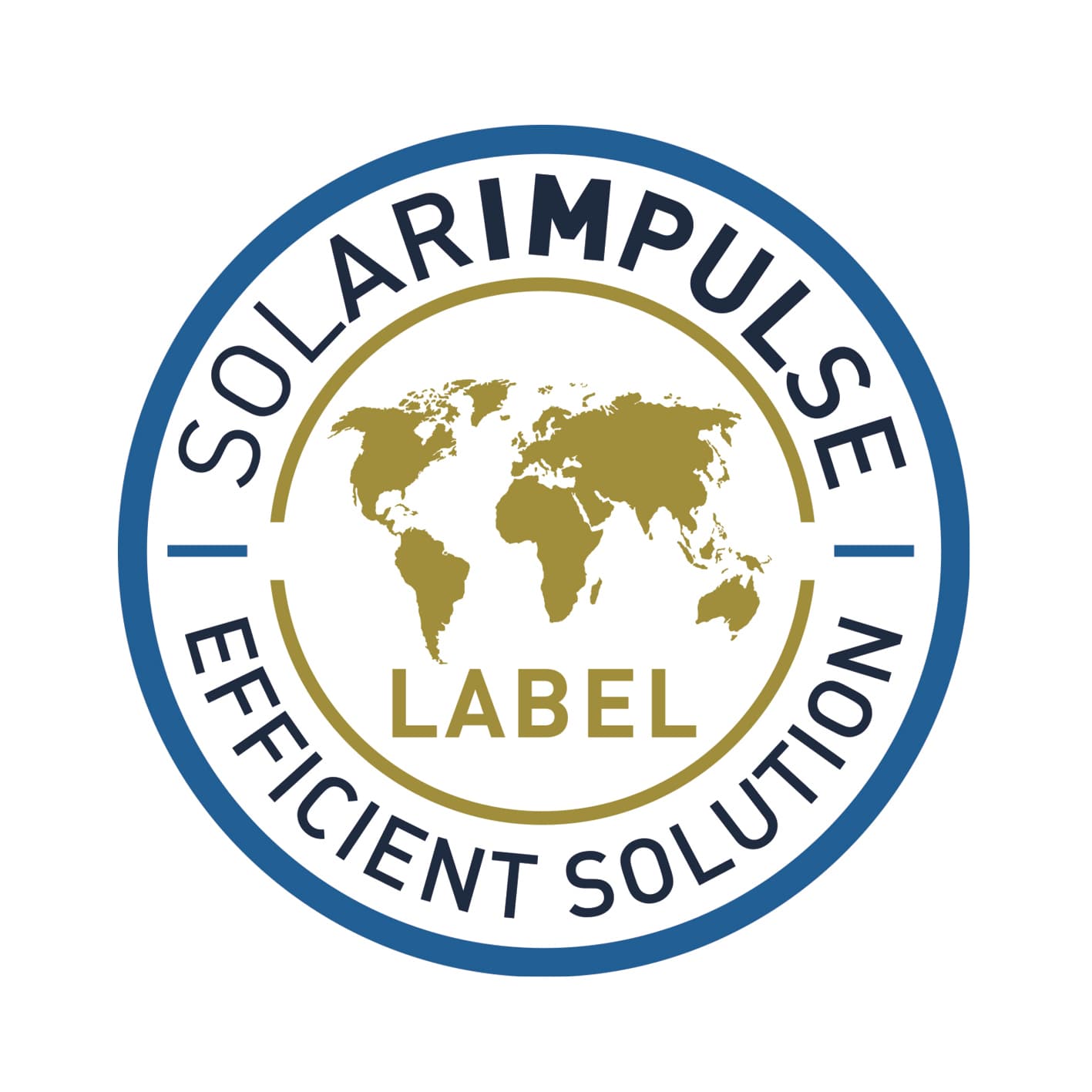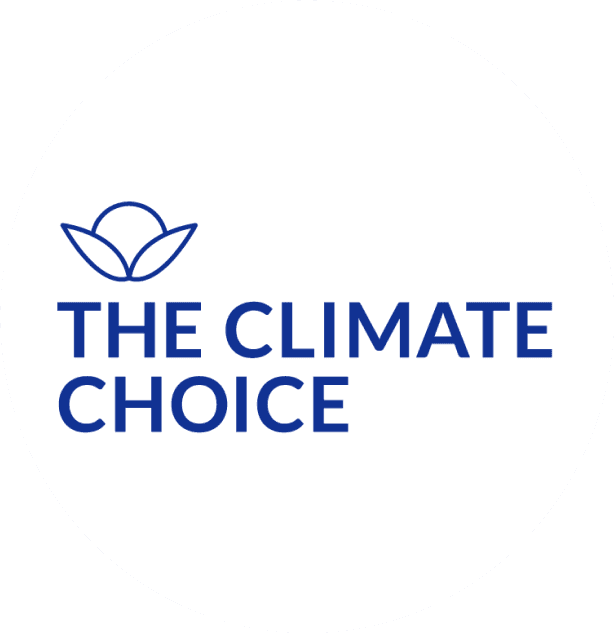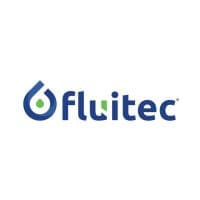Action Library
A comprehensive collection of decarbonization resources
100+ decarbonization expert action guides and case studies, with business & implementation details
Action Type
Quick Wins
Action Area

Design a supplier engagement program
Develop supplier engagement plans for Scope 3 upstream decarbonization by securing buy-in, segmenting, tailoring engagement, and supporting the decarbonization journey of suppliers
 BCG
BCG
Reduce enteric fermentation emissions from ruminant animals
Reduce enteric fermentation emissions from ruminant animals by improving feed quality, animal productivity, and using dietary additives
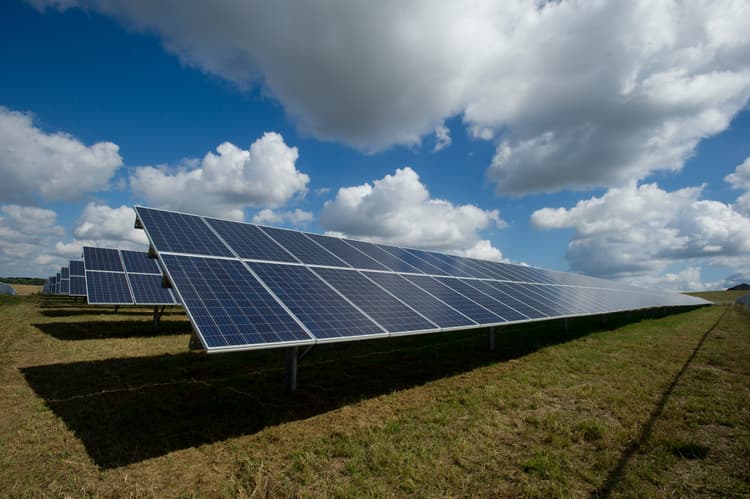
Opt for mixed land use to generate clean energy
Mixed land use provides an opportunity to generate renewable energy while improving land productivity and enhancing livestock welfare
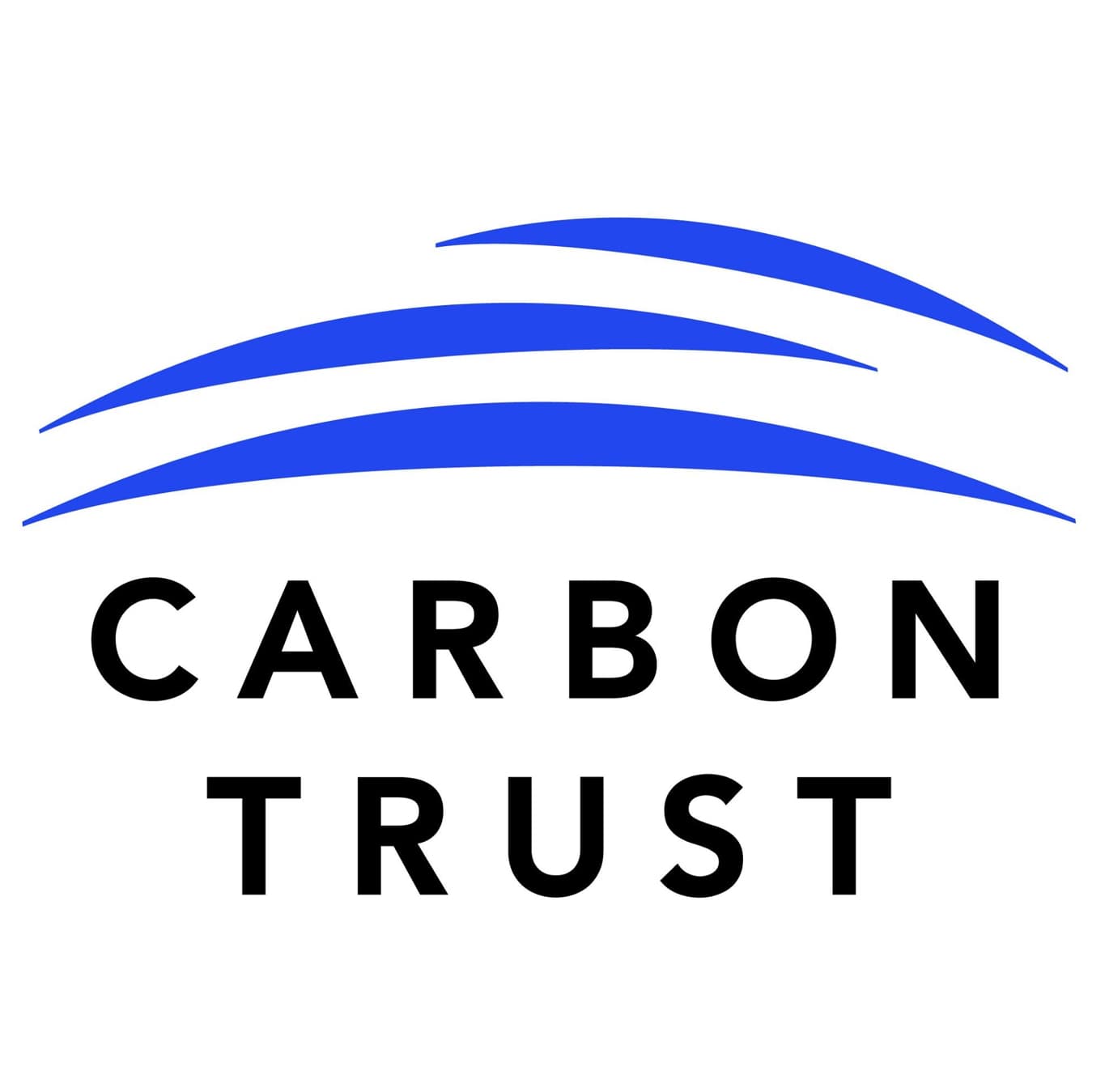 The Carbon Trust
The Carbon Trust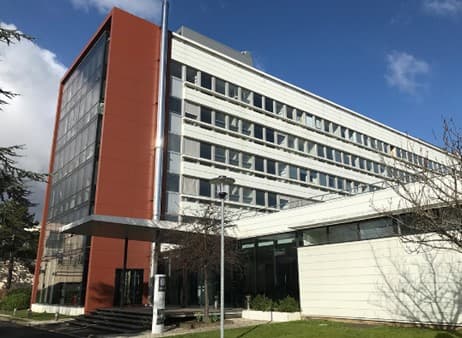
Use geothermal energy to decarbonize warehouses and offices
Shallow geothermal, also called geoenergy, significantly reduces CO2 emissions to heat and cool buildings, and reduces energy consumption and operational costs
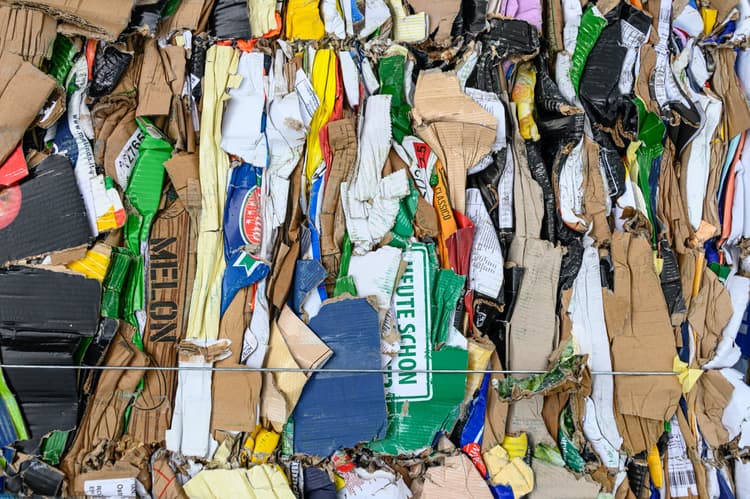
Optimize sorting & recycling for paper and textile
Adopt sorting technologies combined with improved design and better integration of recovered paper into manufacturing processes can reduce GHG emissions improving resource efficiency.
 Forest Solutions Group
Forest Solutions Group
Incentivize regenerative agriculture in dairy production
Support the transition into a sustainable and regenerative milk production by implementing programs to encourage, technically support, and renumerate dairy farmers.
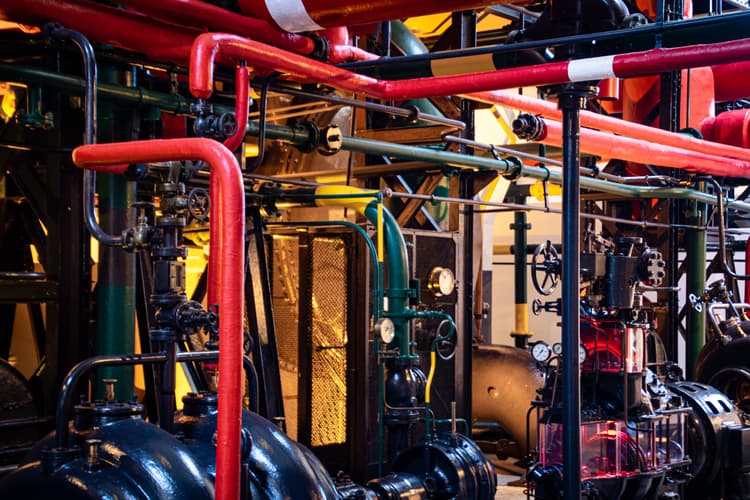
Reduce fuel oil through hydrogen substitution
By retrofitting an oil-fired lime kiln, the Pacífico pulp mill aims to reduce fuel oil consumption and GHG emissions by using residual hydrogen from a nearby sodium chlorate plant.
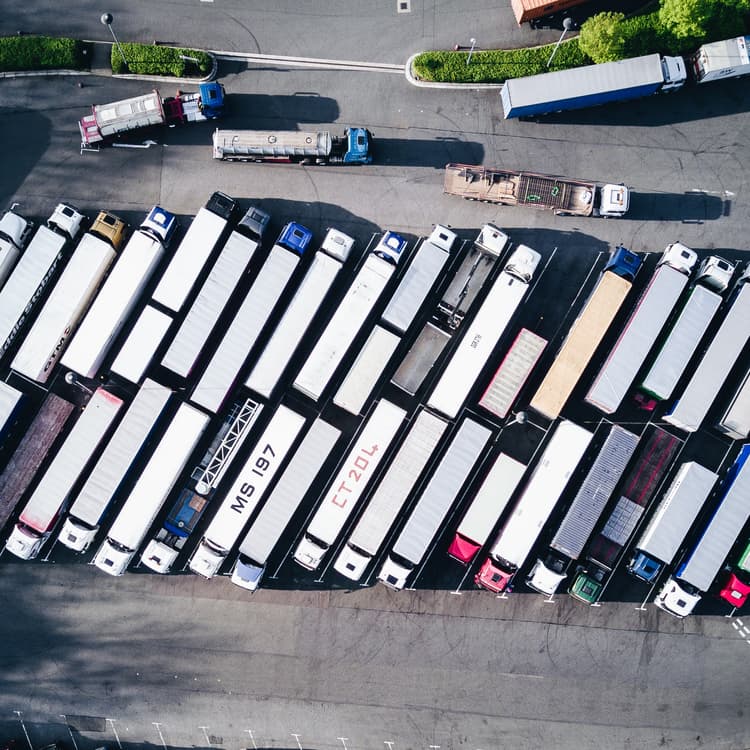
Decarbonize road freight with battery electric trucks
A switch from ICE to BEV trucks in transportation, using electric motors, can reduce direct fuel combustions emissions from fossil fuels

Embed Scope 3 decarbonization in procurement practices
Scope 3 emissions management in procurement can empower organizations to bridge ambition-action gaps, driving sustainability through procurement-focused strategies.
 WBCSD Climate Masterclass Series
WBCSD Climate Masterclass Series
Empower indigenous women via sustainable chocolate
An Indigenous-led initiative combining traditional knowledge and sustainable chocolate production to create income and empower local women.
 Norte Energia
Norte Energia
Protect water sources to enhance local supply
Watershed protection initiative that restores water sources, improves water quality, and strengthens water availability for local communities through land restoration and farmer incentives.
 Philip Morris International
Philip Morris International
Reduce food waste & costs with data analytics & tech system
Hotels Magic Costa Blanca uses LightBlue's FIT Food Waste Tech system with significant reductions in food waste, costs, and carbon emissions.

Build net zero momentum with limited resources
Started with low sustainability maturity and resources but progressed through leadership and collaboration to drive meaningful climate action.
 Espi
Espi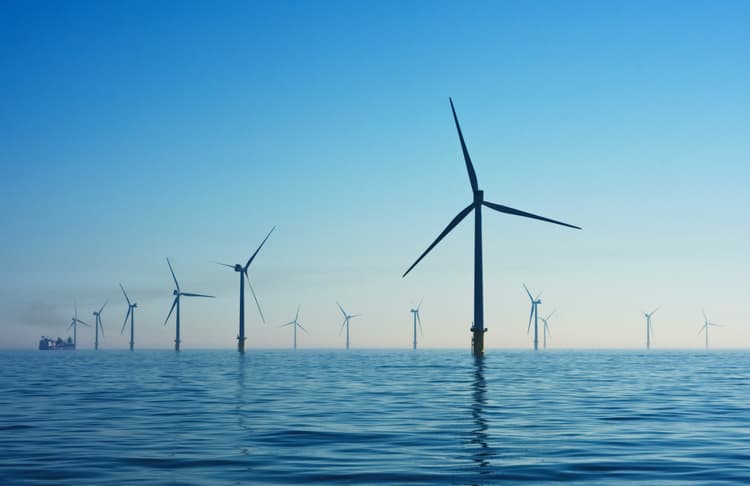
Enhance marine life with floating wind farm project
Aims to increase the ecological function of offshore floating wind farms by installing replicas of natural nursery habitats at the base of wind farm platforms.
 ENGIE
ENGIE
Transition to a just, net-zero, and nature positive economy
Addressing the climate emergency and nature loss is impossible without putting people at the center and ensuring a just transition that is equitable and inclusive for all.
 WBCSD
WBCSD
Reduce rice cultivation emissions via integrated methods
Integrated approaches for more sustainable rice cultivation significantly reduce methane (CH4) emissions while also generating positive impacts for nature and farmer livelihoods.
 WBCSD
WBCSD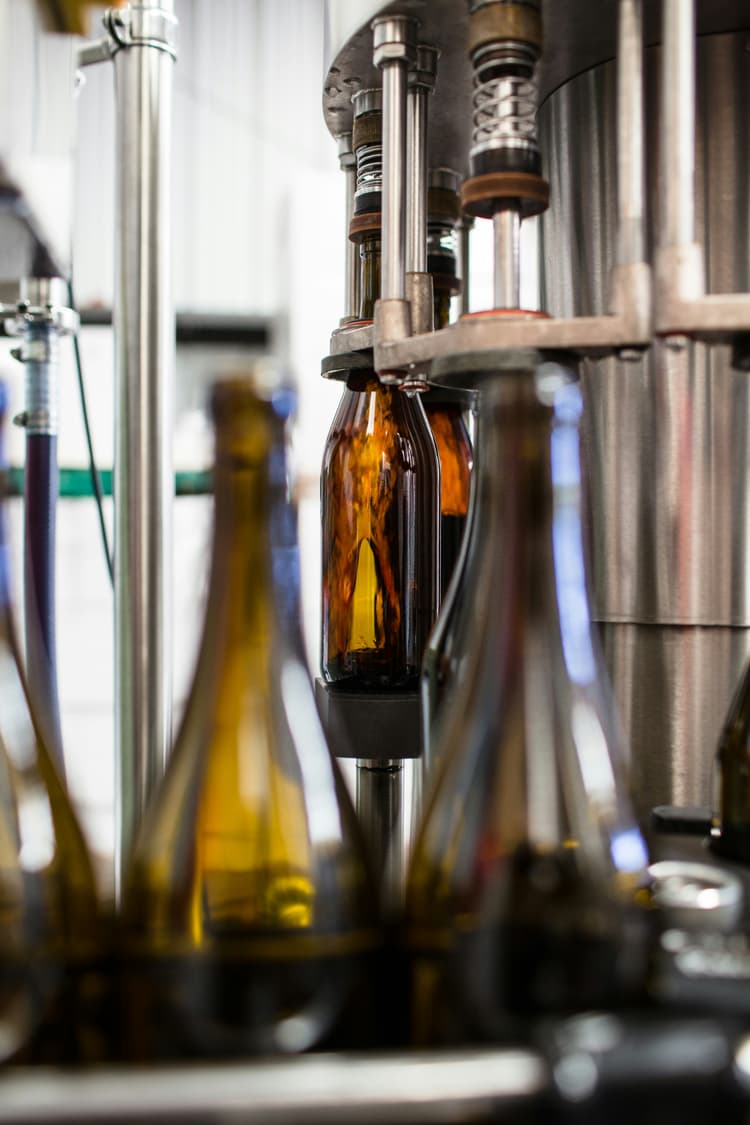
Switch to regenerative furnace system in glass production
Beta Glass PLC has implemented a regenerative heat technology and electricity boost system to reduce energy intensity by 8% using less energy to melt a ton of glass.
 Beta Glass
Beta Glass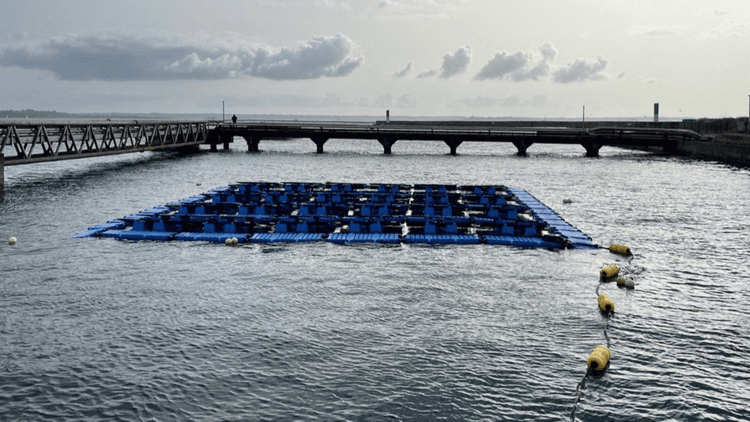
Utilize floating solar power plant installations
HelioRec installed a 25kW floating solar project in Brest Port, France, overcoming extreme tidal changes, waves and high winds, while saving electricity costs and creating renewable energy.
 BrestPort
BrestPort
Drive supplier action on thermal decarbonization
Bring key suppliers together to accelerate thermal decarbonization by sharing ideas and connecting with top experts and solution providers.
 PepsiCo
PepsiCo
Switch from diesel to electric in rail transportation
Switching from diesel-powered to electricity-based rail transport can reduce direct fuel combustion emissions from diesel

Leverage MACCs to inform decarbonization strategy
Decarbonization lever deployment should be prioritized by cost and abatement impact, and non-financial considerations in line with organizational goals.
 BCG
BCG
Optimize chiller efficiency with artificial intelligence
Improved chiller efficiency at the Olympian City 3 shopping mall in Hong Kong by harnessing artificial intelligence (AI), reducing energy used and related costs

Reward regenerative dairy through biodiversity monitoring
Using a biodiversity monitor and reward system to incentivise regenerative dairy practices.
 FrieslandCampina
FrieslandCampina
Automate Carbon Accounting Across Scopes 1-3
Jornada Verde is Valgroup’s software for Scopes 1, 2, and 3, ensuring accurate, traceable GHG data via ERP integration, aligned with the GHG Protocol.
 Valgroup
Valgroup
Impact smallholder livelihoods through better farming
Empowering smallholder farmers through access to sustainable practices, efficient irrigation, and better inputs, reducing resource use and agricultural emissions
 Bayer
Bayer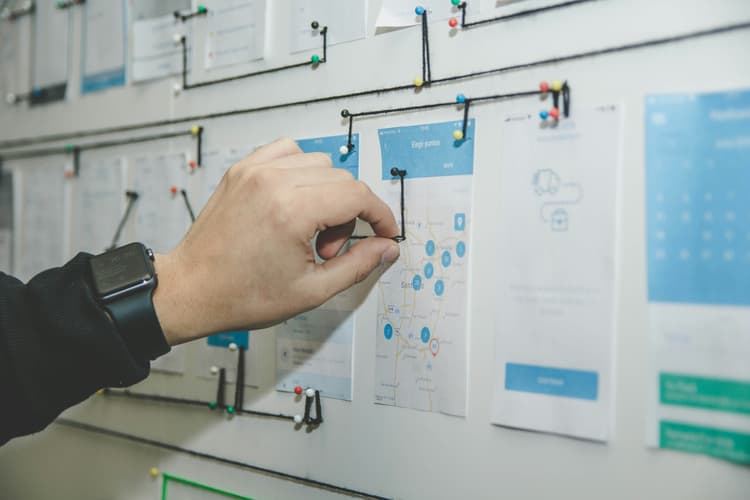
Publish a Transparent, Science-Based Climate Plan
Proactive approach by holding deep dive sessions, outlining key actions across the value chain (low carbon Al, RE energy & electrification, recycled content, lightweighting...)
 Ball
Ball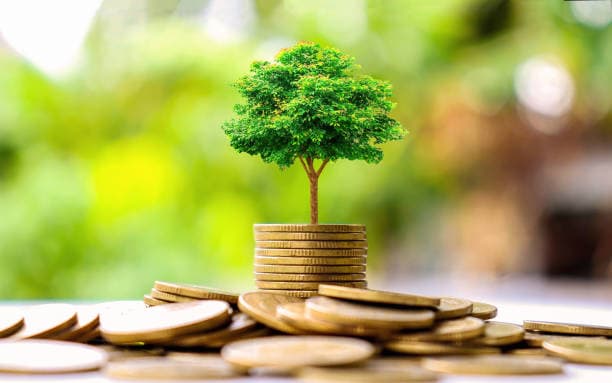
Integrate climate into corporate financials
Companies must establish systems to integrate climate with financials to support decision-making processes and align with value and risk drivers to fund essential transformations.
 BCG
BCG
Remove Scope 2 Brazil Emissions through Renewable Sourcing
Matched all purchased electricity in Brazil with renewable energy certificates, eliminating Scope 2 emissions and improving energy resilience.
 Amcor
Amcor
Drive Supplier Sustainability: From Assessment to Action
Assesses ESG performance of key suppliers and provides targeted support to low scorers to improve readiness for decarbonization
 Syngene International
Syngene International 
Drive nature conservation, social capital and carbon cuts
Conservation that Transforms is a concrete application of the intersection between carbon mitigation, nature preservation, and social capital development.
 Dow
Dow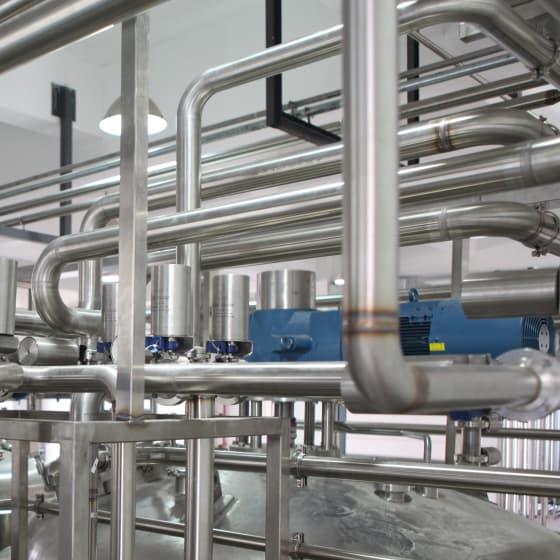
Reduce furnace CO2 emissions with a heat exchanger
Installing a Heat Recovery Tower recovers generated heat and reduces HFO (heavy fuel oil) consumption, reducing costs and with no impact on production
 Unilever
Unilever
Develop in-house web-based tools to calculate CO2 footprint
Şekerbank developed an automatic digital system to monitor its carbon and water footprints, and customers can also have their emissions calculated using the application

Incentivize low-emission rice in the Mekong River Delta
Transforming Rice Value Chains in the Mekong River Delta (TRVC) spurs private sector investment in rice value chains, increasing sustainable production and building resilience.
 SNV
SNV
Scale regenerative farming for climate resilience in Morocco
Al Moutmir and Tourba work in synergy to accelerate the uptake of regenerative agricultural practices, promote low-carbon farming, and improve farmer livelihoods in Morocco.
 OCP Group
OCP Group 
Deploy high wave-resilient offshore floating solar
This floating offshore demonstrator proved significant efficiency and production gains over comparable onshore rooftop solar installations.
 Port de Sète
Port de Sète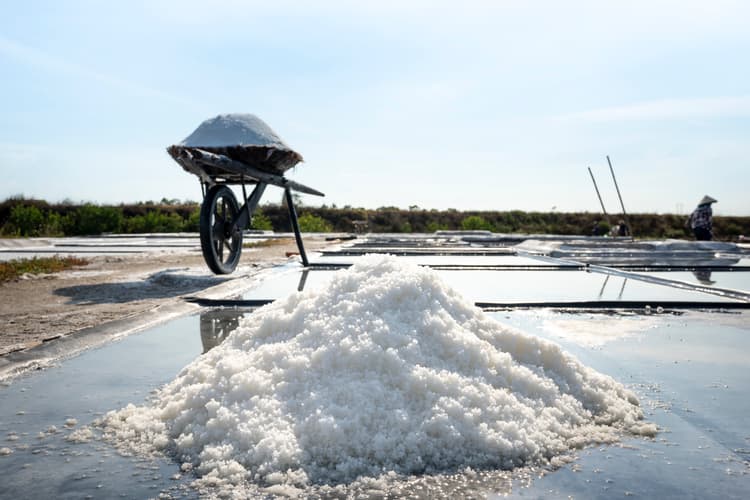
Produce sodium chlorite with clean energy
Cutting emissions by reducing imports while addressing Scope 2 emissions through the use of clean electrical energy.

Use molten salt energy storage in heating and industry
Kyoto Group's Norbis Park Heatcube, a molten salt thermal energy storage system, supports Norbis Park with replacing coal-generated district heating by renewable energy, reducing CO2 emissions.
 Norbis Park
Norbis Park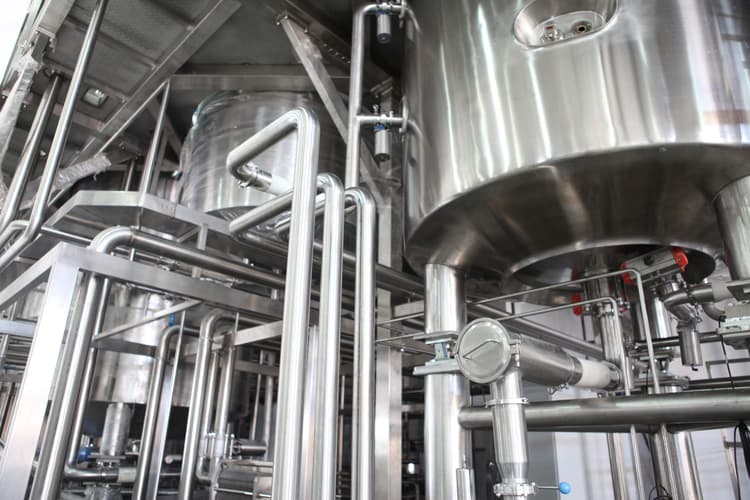
Switch to industrial electric boilers
Electric boilers convert electricity into heat to produce steam, with almost 100% efficiency, reducing the greenhouse gas emissions typically associated with heat production
 Forest Solutions Group
Forest Solutions Group
Drive low carbon farming with measurable impact
Pro Carbono promotes regenerative practices, cutting GHG emissions, and boosting soil carbon through tools, training, and farmer incentives.
 Bayer
Bayer
Switch to low-carbon fuels: deep dive on low-carbon hydrogen
Low-carbon hydrogen has several advantages as a fuel, as it does not emit CO2 into the atmosphere when burned and can be stored in large volumes compared to electricity
 Forest Solutions Group
Forest Solutions Group
Enable Scope 3 data transparency
T-Systems leverages The Climate Choice's intelligence platform to automate Scope 3 data collection and analysis, enabling transparency and targeted supplier engagement
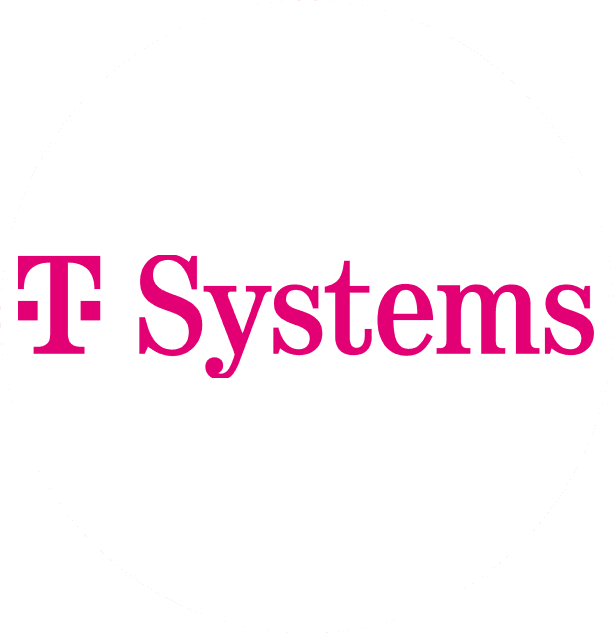 T-Systems
T-Systems
Advance deforestation-free beef supply chain
Strengthen ecosystem and business resilience by supporting deforestation-free beef supply chains in high-priority origins through industry engagement
 McDonald's
McDonald's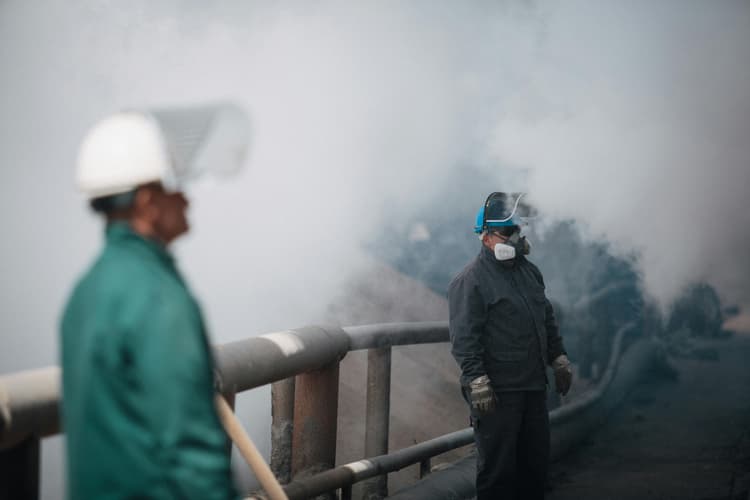
Industrialize filterless ambient air purification
Industrialize filterless APA pollution abatement technology to reduce air pollution in manufacturing environments, protecting workers' health and the environment.
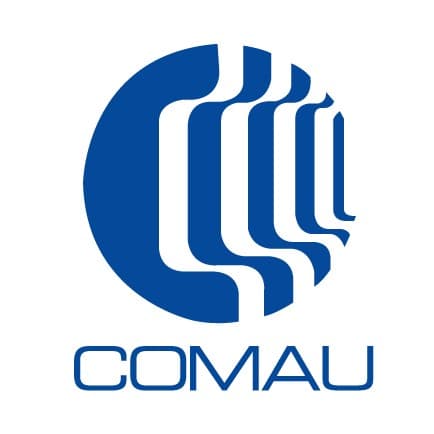 Comau
Comau
Reduce building emissions with energy management systems
Energy management systems optimize the operations and maintenance of energy assets in buildings, allowing energy savings of around 10-15% and emissions reductions
 BCG
BCG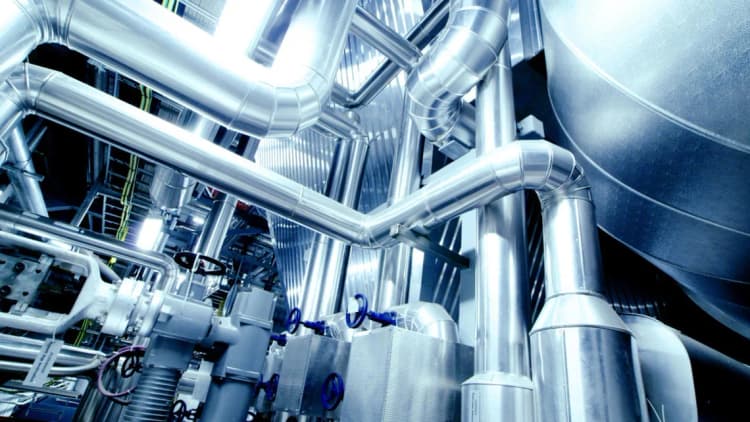
Electrify industrial heat generation to eliminate emissions
Electrification of industrial processes achieves higher energy efficiency, lowers emissions, and improves resilience to fossil fuel price shocks.
 WBCSD
WBCSD
Drive Scope 3 reductions through supplier finance
Engages suppliers through a sustainability assessment and finance-linked incentives to advance supply chain decarbonization and ESG performance
 Vestas
Vestas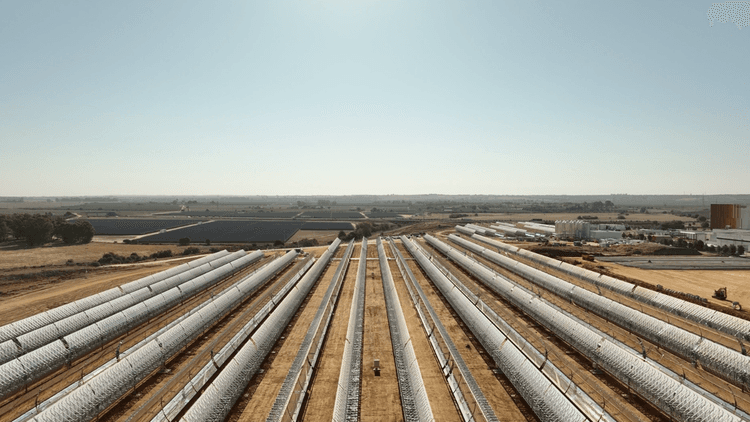
Utilize solar thermal HaaS to cut industrial emissions
Heineken uses a Heat-as-a-Service model to utilize solar thermal power to reduce emissions from heat generation.
 Heineken
Heineken
Incentivize Supplier Product Carbon Footprint Disclosure
Tricon launched a supplier incentive program to increase Product Carbon Footprint (PCF) disclosures across its value chain.
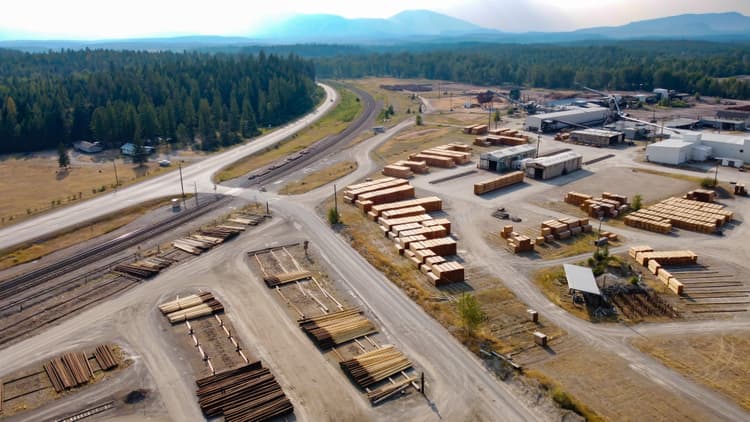
Adopt heat recovery technologies in the sawmill
Adopting heat recovery technologies in the sawmill can increase efficiency and reduce heat loss which saves energy, reduces fuel combustion and emissions associated with operations.
 Forest Solutions Group
Forest Solutions Group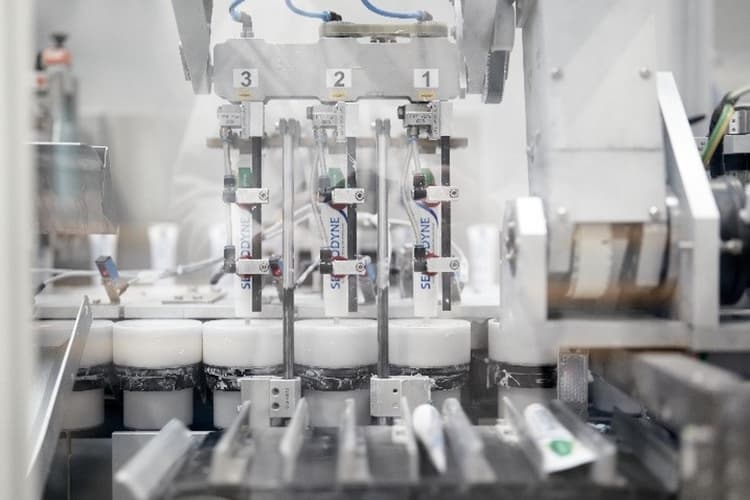
Integrate carbon pricing in supplier tenders
A program to incentivize decarbonization, baselining, drive low carbon supplier selection while educating procurement teams by building carbon pricing into procurement tenders.
 Haleon
Haleon
Implement thermal energy storage to decarbonize industry
Thermal energy storage can lower energy costs, decarbonize processes, and improve operational resilience of industrial companies.
 WBCSD
WBCSD
Create financial incentives for suppliers
Supplier decarbonization can be incentivized financially or non-financially. Understanding supplier context and related benefits and risks is key for implementation.
 BCG
BCG
Accelerate smart supply chain decarbonization via renewables
Source renewable electricity for supply chain, enabling faster decarbonization, increasing the scale and speed of renewable energy adoption, and managing Scope 3 emissions.
 Haleon
Haleon
Use solar desalination to produce clean water
Solar desalination provides clean water using only sea and sun at private island development company Ki'ama Bahamas.
 Ki'ama Bahamas
Ki'ama Bahamas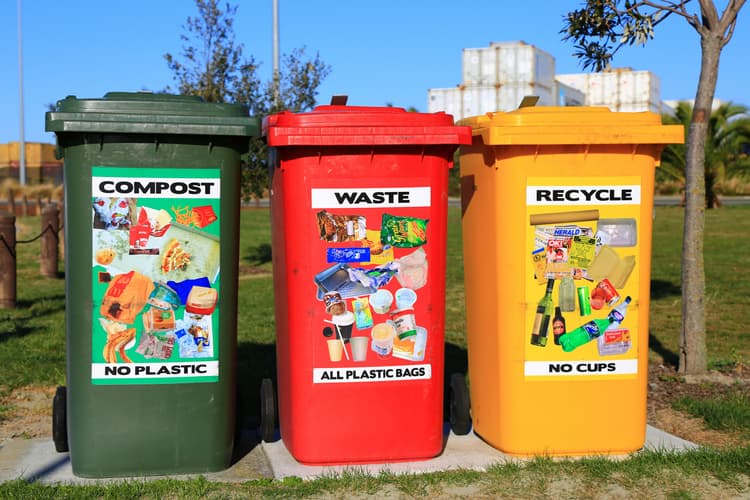
Advance urban circularity through inclusive waste management
Nationwide initiative enabling cities to adopt circular economy models through social inclusion, waste valorization, and scalable reverse logistics.
 Ambipar Group
Ambipar Group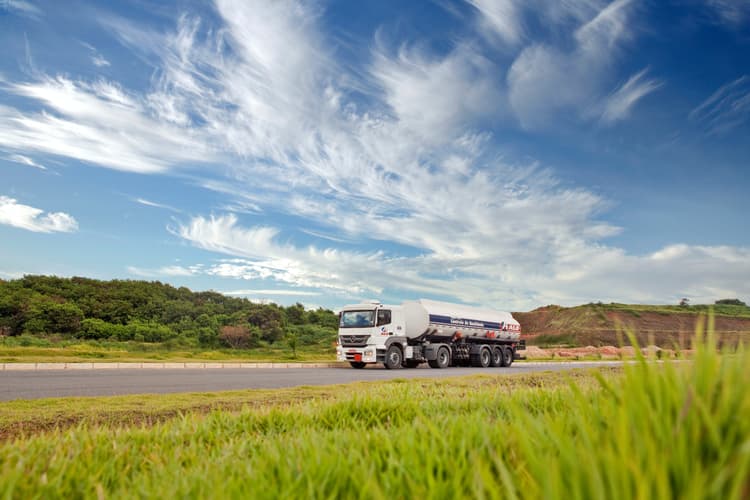
Decarbonize road freight transport with fuel cell trucks
Switching to fuel cell electric vehicles (FCEVs) from internal combustion engines (ICEs) could lower direct fuel combustion emissions from fossil fuels

Optimize lubricant application in industrial turbines
SRP, a major US power utility, partnered with Fluitec to transform their consumable turbine oils into lubricants that will last the life of their turbines, reducing costs and CO2e
 SRP
SRP
Accelerate DCF soy production in the Brazilian Cerrado
The Farmer First Clusters (FFC) initiative supports Brazilian soy farmers in adopting deforestation- and conversion-free practices, enhancing sustainability and productivity
 WBCSD
WBCSD
Optimize solvent recycling and recovery
Solvent recovery and recycling initiative significantly reduces carbon emissions and promotes sustainable processes in pharmaceutical manufacturing.
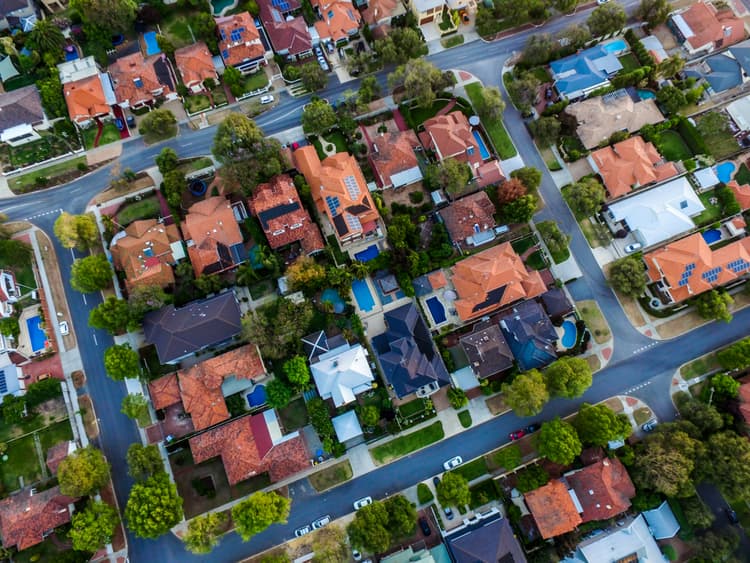
Advance low-carbon housing to cut construction emissions
Low-carbon housing solutions replace carbon-intensive materials with energy-efficient, alternative building technologies that significantly cut CO₂ emissions and reduce air pollution.
 Build Up Nepal
Build Up Nepal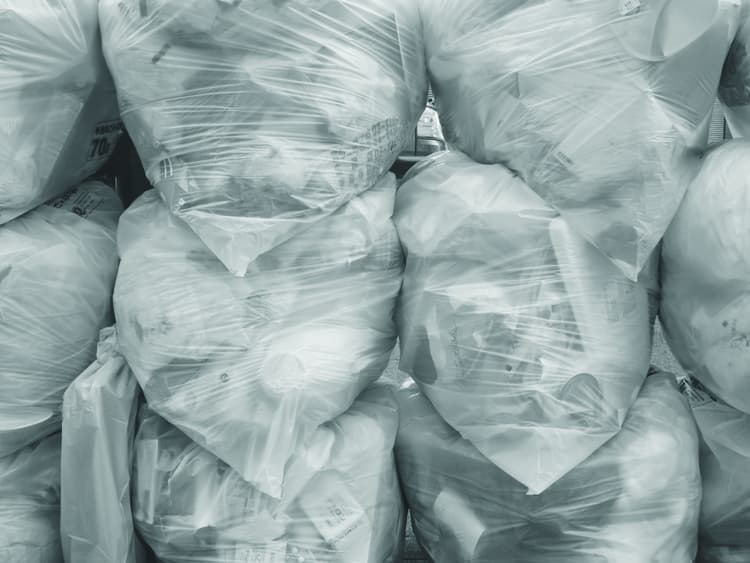
Maximize waste recovery in the pulp and paper mill
Adopting processes to recover energy from waste, such as black liquor gasification, can lead to higher resource and energy efficiency, while reducing GHG emissions
 Forest Solutions Group
Forest Solutions Group
Cut Emissions by Expanding Recycled Content
Valgroup implemented mechanical, advanced (pyrolysis), and deinking recycling technologies to expand circularity and reduce GHG emissions across its portfolio.
 Valgroup
Valgroup
Decarbonize operations with renewable electricity via PPAs
Fully transitioned operations in three regions to be powered by renewable electricity with long-term PPAs, delivering absolute emissions reduction.
 Signify
Signify
Optimize nutrient management for reduced on-farm emissions
Companies striving to reduce emissions derived from mineral fertilizers should adopt fertilizer best management practices and Nutrient Use Efficiency (NUE)

Transform a town with climate-resilient energy
A low-carbon energy network in a township delivers heating and cooling for 6,000+ buildings, cutting emissions by 88% and boosting urban resilience
 Silvertown
Silvertown
Protect ecosystems through nature-based reserves
Nature-based solutions program that protects native forests, water sources, and biodiversity near mining areas through community-led conservation reserves.
 Corona
Corona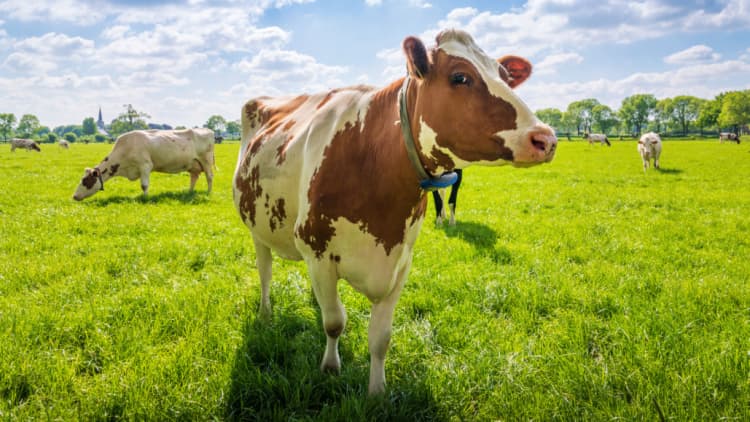
Reduce CH4 & N2O emissions with livestock manure management
Manure management can significantly decrease methane (CH4) and nitrous oxide (N2O) emissions, as well as prevent loss of nutrients to the environment.
 WBCSD
WBCSD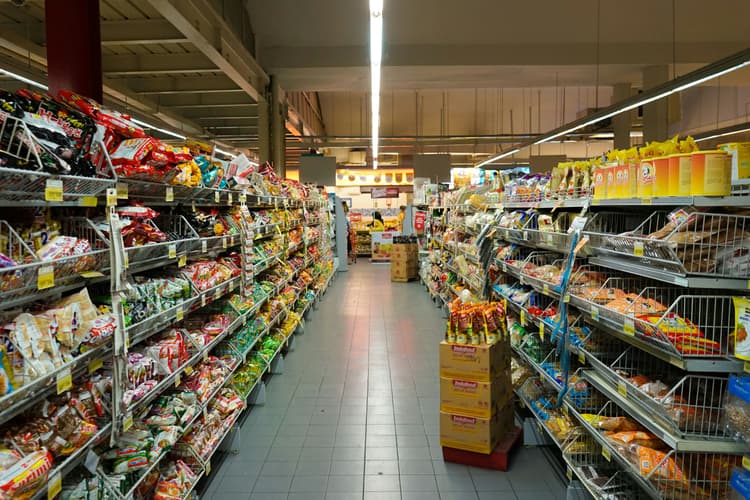
Boost plastic circularity by advanced sustainable packaging
Increased recycled content in packaging, redesigned products, and partnered with recyclers to advance plastic circularity and cut emissions.
 Unilever
Unilever
Support Indian farmers transition to direct-seeded rice
DirectAcres supports farmers in India to switch from transplanted paddy rice to mechanized dry direct seeded rice (DSR), improving economic outcomes and reducing environmental impacts.
 Bayer
Bayer
Engage employees on decarbonization
Encourages individuals to calculate and track their carbon footprint through a dedicated app, while motivating behavioral change
 Swiss Re
Swiss Re
Integrate energy management systems in pulp and paper mills
Integrating the ISO 50001 Energy Management System leads to significant GHG emissions reductions and cost savings.

Offer local manufacturing for single use products
Reduce Scope 3 emissions by shifting single-use product supply chains to local manufacturing, enabling lower carbon transport.
 Saint-Gobain
Saint-Gobain
Use nature-based solutions as part of Net Zero action
Companies can both decarbonize land use sector activities and contribute to global Net Zero through investing in nature-based solutions
Engage SME suppliers and customers
Reduce Scope 3 emissions and drive a just transition by helping suppliers and customers commit to net zero. Use the SME Climate Hub to support them in measuring, reducing, and reporting emissions.
 SME Climate Hub
SME Climate Hub
Set sustainable energy management standards
Setting sustainable energy management standards to drive the implementation of renewable energy strategies all over the company's operations
 Philips
Philips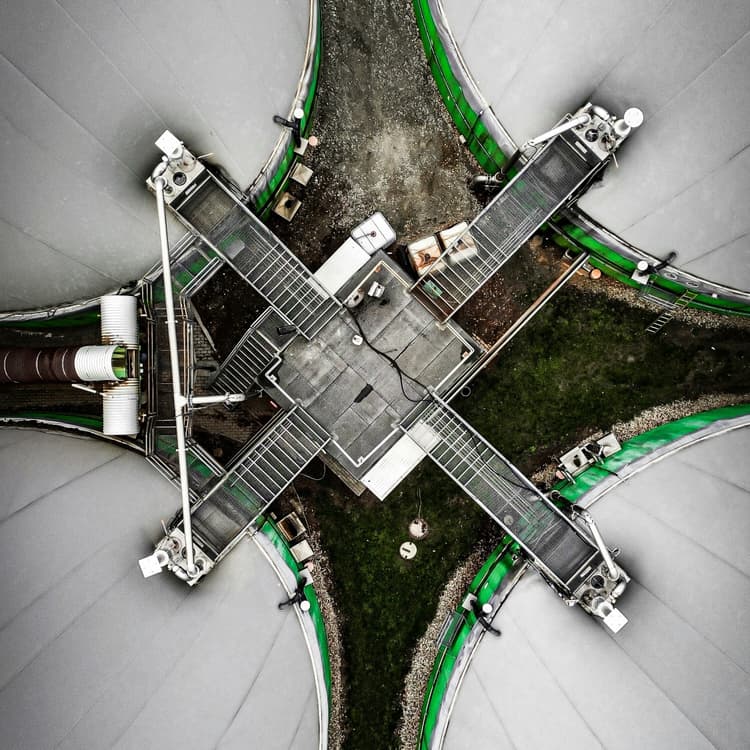
Convert biowaste into biogas to accelerate decarbonization
Manufacturers can significantly reduce their carbon footprint and recycle their organic waste by using it as biomass feedstock to generate biogas and biomethane
 ENGIE Impact
ENGIE Impact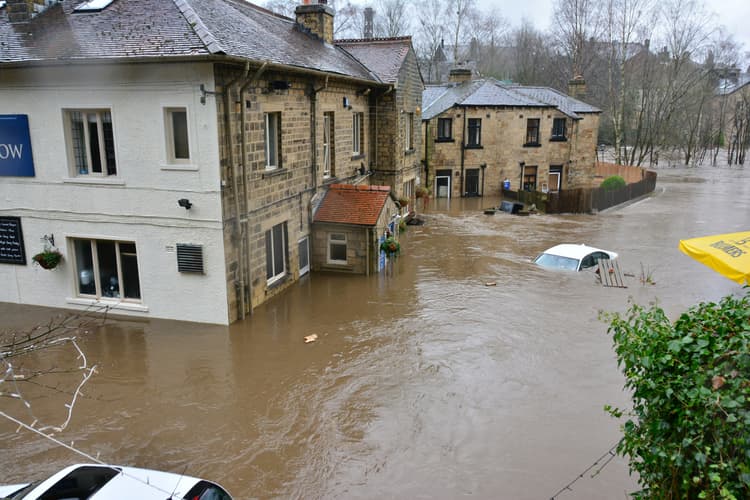
Repurpose floodwater to protect and sustain communities
Protect communities from floods while repurposing water for irrigation and drinking, turning risk into opportunity.
 WAVESAVE
WAVESAVE
Revive marine ecosystems with bioactive concrete
Bioactive, low-carbon and circular coastal protection solutions, 3D-printed concrete elements and Xstones in artificial reefs to restore marine ecosystems.
 Holcim
Holcim
Harness PPA for renewable electricity
Using Power Purchase Agreements (PPAs) to achieve 100% renewable electricity goal, through collective efforts with other businesses to support renewable projects
 Philips
Philips
Deploy magnetic compressors to decarbonize manufacturing
By replacing piston and centrifugal compressors, maglev air compressors deliver 13% energy savings, cut operating costs, and reduce Scope 2 emissions by 352 tCO₂e each year.
 Huaxing
Huaxing
Align investment portfolio to net-zero goals
CTBC Holding adopted the PCAF methodology to assess portfolio emissions and set up near- and long-term SBTi carbon reduction targets to enable a pathway toward Net Zero by 2050

Restore degraded pastures in Brazil
Enabling farmers to expand planted areas over degraded pastures instead of clearing native vegetation to do so, thus contributing to preservation.
 Syngenta
Syngenta
Map suppliers’ ESG progress on Scope 3 with maturity levels
Klöckner Pentaplast engaged their top 50 suppliers, classifying them into four different maturity levels, to reduce Scope 3 emissions.
 Klöckner Pentaplast
Klöckner Pentaplast
Source renewable electricity with PPA
Power Purchase Agreements (PPA) enable companies to source renewable electricity and achieve operational cost savings without upfront investments.
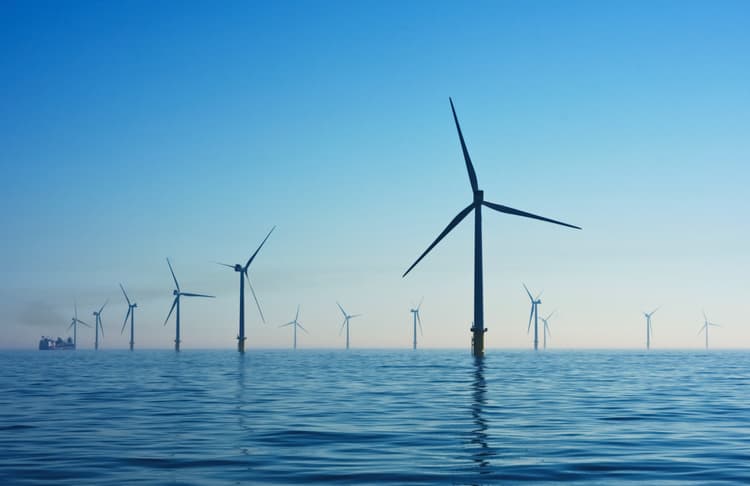
Move to offshore wind electricity generation
Wind offshore electricity generation harnesses higher and more consistent wind speeds and can reduce CO2 emissions compared to coal-based electricity

Use Marginal Abatement Cost Curves (MACC) in procurement
A collaborative approach to map supplier decarbonization costs, focusing on baseline and Marginal Abatement Cost Curves (MACC).
 WBCSD Climate Masterclass Series
WBCSD Climate Masterclass Series
Use a simplified lease program for renewable energy
Cathay Life will purchase renewable energy on behalf of its tenants and redistribute it based on clients’ RE100 annual goal

Redesign the value chain and source strategies
To meet emissions targets and decarbonize at scale, companies need to pursue innovative business models and technologies, and transform their value chains for sustainability.
 BCG
BCG
Link supplier financing to decarbonization metrics
Sustainable Supply Chain Finance (SSCF) ties financial solutions for suppliers to their sustainability metrics, as explained by BSR for the Transform To Net Zero initiative.
 WBCSD Climate Masterclass Series
WBCSD Climate Masterclass Series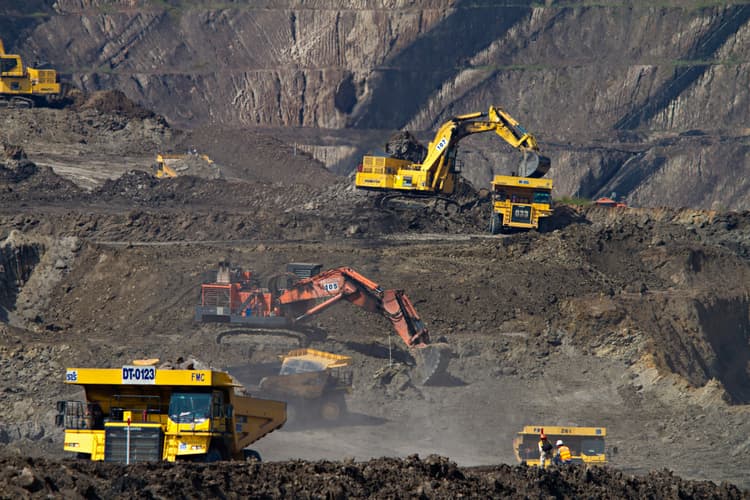
Restore tropical dry forest through mine rehabilitation
Mine closure initiative that restores the Tropical Dry Forest ecosystem through ecological rehabilitation, community training, and long-term monitoring.
 CEMEX
CEMEX
Apply solar thermal water heating in industrial processes
Givaudan implemented solar concentrators to preheat boiler water, significantly reducing natural gas consumption and GHG emissions in Cuernavaca.
 Givaudan
GivaudanProvide sustainability platform for smallholder farmers
Symrise created a platform for a partnership to empower smallholder farmers with sustainable practices, improving livelihoods, environment, and product quality for a sustainable future.
 Symrise
Symrise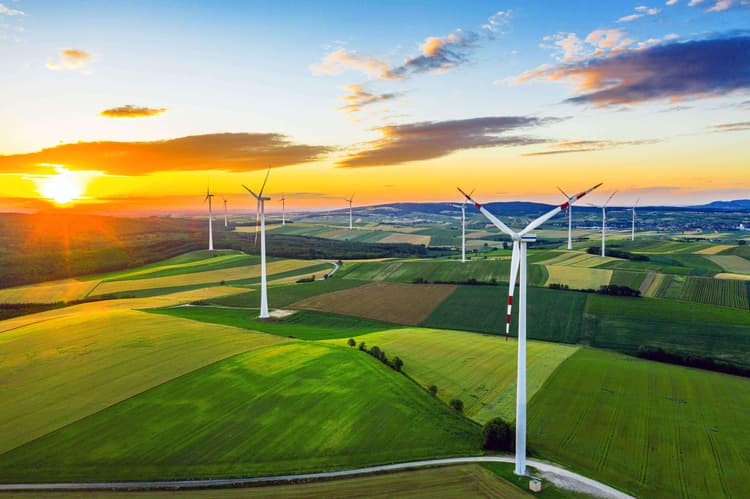
Build a strategic approach to renewable electricity sourcing
A well-designed renewables strategy reduces a company’s carbon footprint and hedges against energy market volatility, often lowering energy costs
 ENGIE Impact
ENGIE Impact
Decarbonize suppliers through a collaborative approach
Decarbonize the supply chain by incentivizing suppliers and collectively building decarbonization capacity, as well as connecting them to CDP
 Philips
Philips
Drive bio-based chemicals for a low-carbon economy
Developing a portfolio of bio-based chemicals and plastics to reduce emissions and support the global transition to a low-carbon and circular economy
 Braskem
Braskem
Create sustainability-linked financial instruments
ACCIONA creates financing instruments that are subject to clear and transparent criteria, pursue economic and sustainable/green objectives, and deliver additional local impact

Transform sewage sludge into agricultural fertilizer
Transforming waste water treatment plants sludge into fertilizer, called biosludge, for planting or restoring pastures
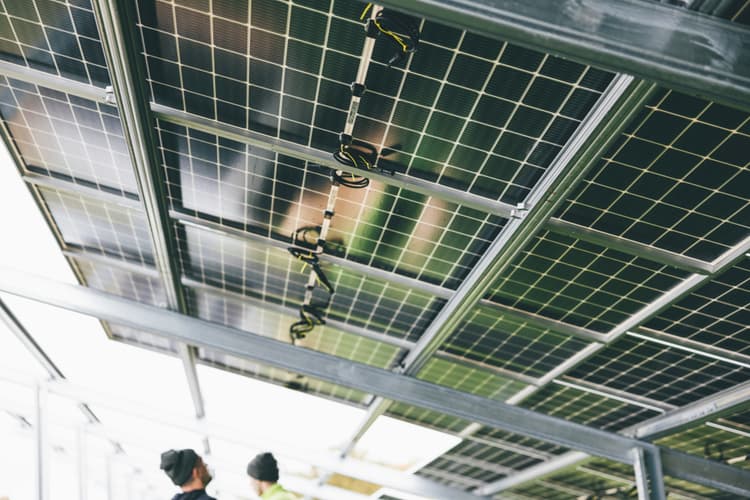
Build a low-carbon manufacturing model in agrochemicals
Established a low-carbon manufacturing model integrating renewable energy, product carbon footprint accounting, continuous production technology, and eco-agriculture initiatives.
 Zhonghui Biotechnology
Zhonghui Biotechnology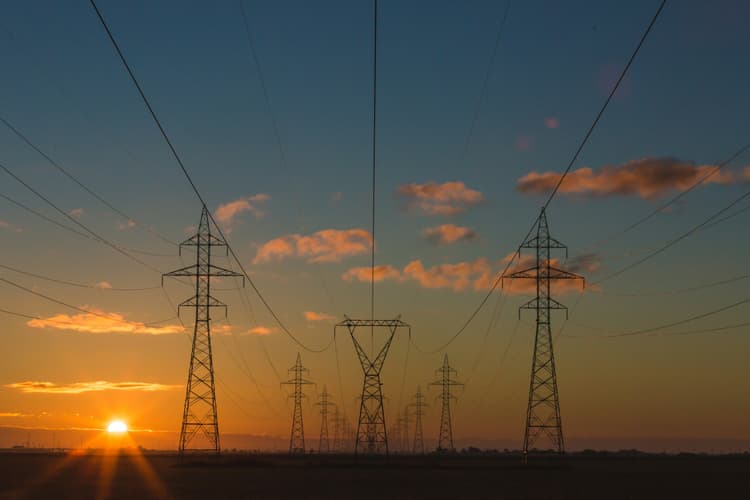
Transform power grids to cut losses and energy waste
Smart grid technology cut line losses by 2.4%, saving 236 TWh and 126.64 Mt CO₂ using AI, smart meters, and performance-driven governance.
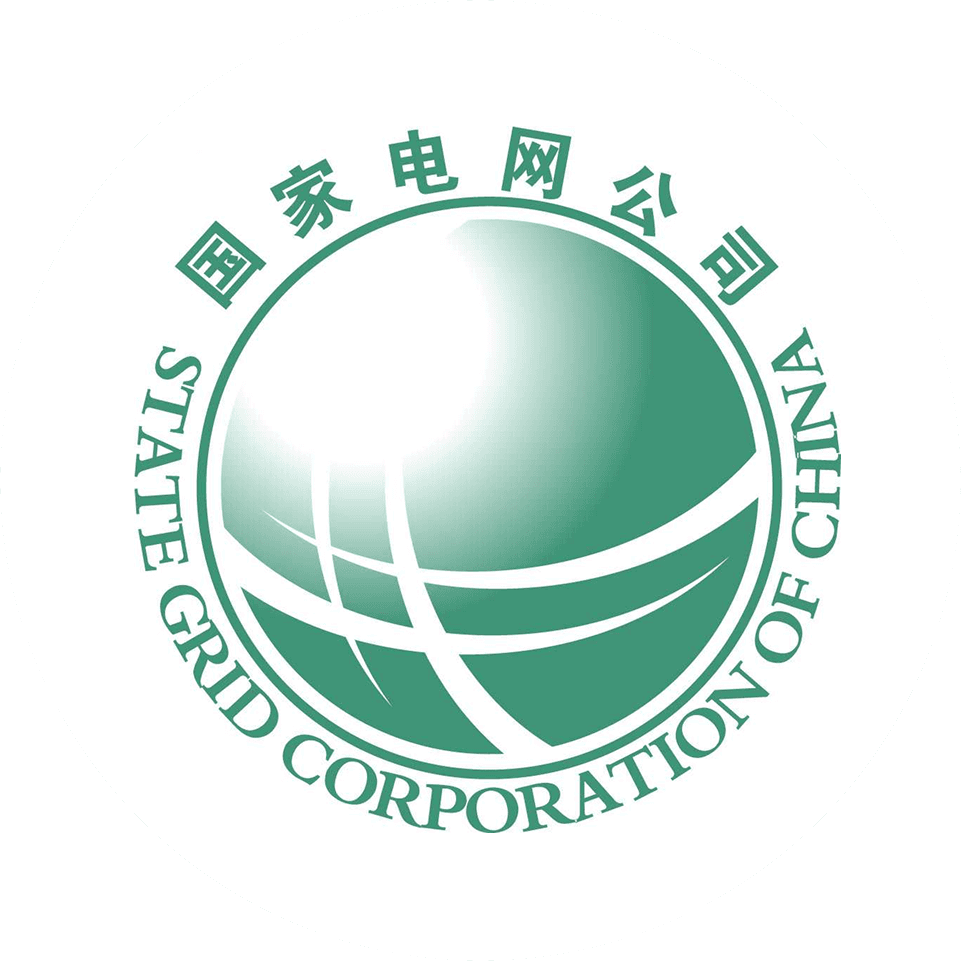 State Grid Corporation of China
State Grid Corporation of China
Restore biodiversity through rubber cultivation
Long-term restoration initiative integrating sustainable rubber cultivation with biodiversity protection, community partnerships, and scientific research.
 Michelin
Michelin
Use biofuel (ethanol) in light vehicles
With the aim of reducing its GHG emissions related to logistics activities, Iguá sought to use biofuels in the fleet

Move from gas to electric low temperature heating systems
Electrifying low temperature heating processes offers higher energy efficiency, lower investment while significantly reducing operational GHG emissions
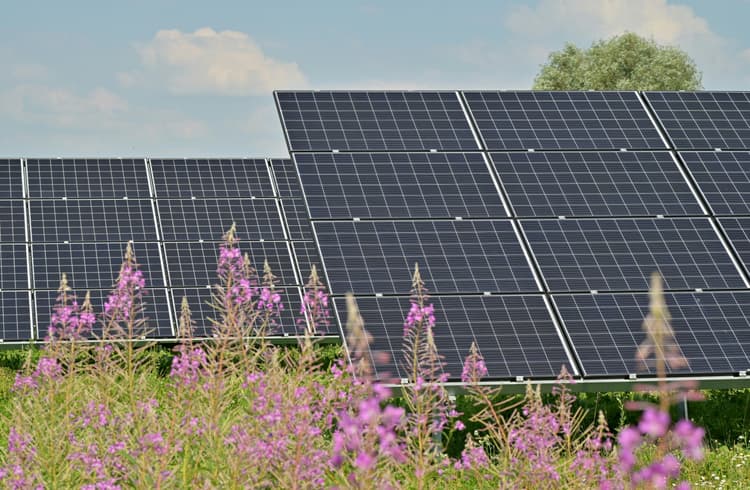
Democratize clean energy in low-income communities
A social solar micro-plant provides energy credits to low-income families, reducing energy poverty and fostering a just transition with a replicable, multi-partner model
 EDP
EDP
Replace industrial boilers with biomass boilers
Industrial boilers were replaced with newer technology using biomass, for malt production at Agraria, based on GHG Protocol Brazil
 Agraria
Agraria
Design low-carbon products with circular economy principles
Design low carbon products by incorporating circular economy principles into product design focusing on eco-friendly materials & energy efficiency.

Use regenerative practices to reduce agricultural emissions
Regenerative agriculture uses a combination of various sustainable farming techniques to capture GHGs in soil while improving soil health, crop yields, and biodiversity
 BCG
BCG
Reduce emissions in pulp & paper with biomass gasification
Biomass converted into renewable syngas to replace fossil fuels in lime kilns, reducing emissions and boosting energy efficiency
 Suzano
Suzano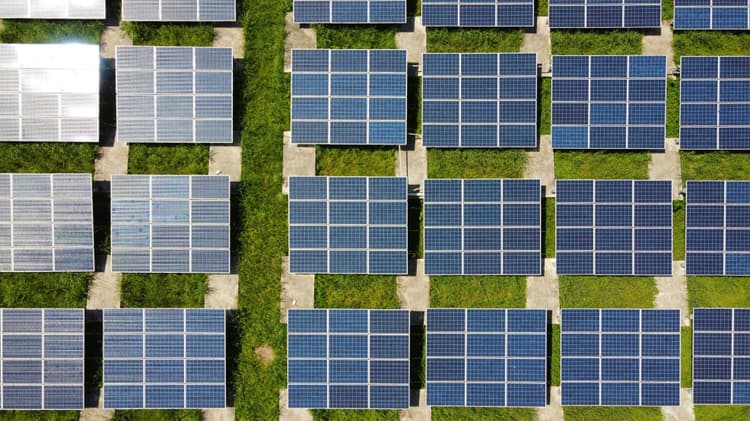
Scale carbon free energy with clean transition tariff
Clean transition tariff unites corporate procurement and utility planning to unlock investment in advanced energy technologies, boost grid reliability, and increase resource diversity.
 Google
Google
Foster employee awareness on decarbonization
The initiative was the first gamified training in climate change and the company’s ESG commitments offered to all employees, allowing a more engaging learning process.
 ENGIE
ENGIE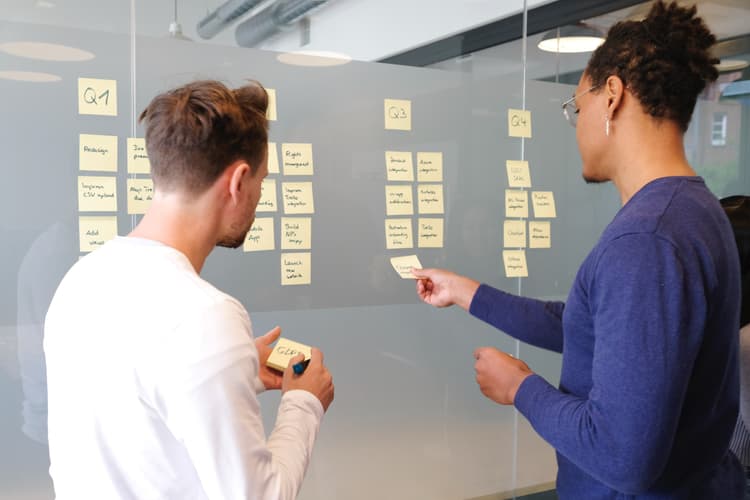
Collaborate with peers to set and meet supplier targets
Decarbonize supply chains by collaborating with peers to set industry-wide supplier targets (e.g., for renewable energy) and help suppliers achieve these by aggregating demand
 BCG
BCG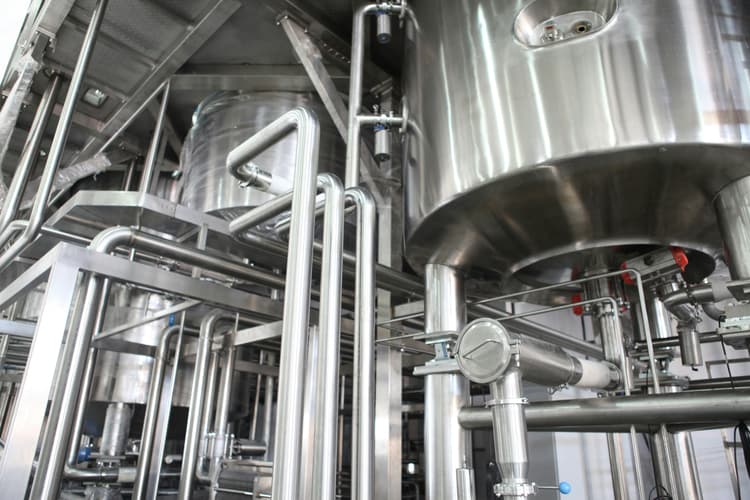
Drive decarbonization in oral excipients production
Qualification of greener raw materials (bio-based polymer) and process improvements by backward integration.
 Evonik
Evonik
Use AI air compressor system to reduce energy consumption
To minimize carbon emissions from facility equipment while ensuring production, an adaptive system of air compressors can reduce power consumption per finished good by 41%
 Wistron Corporation
Wistron Corporation
Boost Cocoa Yields through Family Incentives
Providing cash incentives to cocoa-farming families for pruning, schooling, and agroforestry to improve income and resilience.

Finance deforestation-free soy production
By linking crop loans to forest protection, the initiative helps soy farmers expand responsibly while safeguarding native vegetation and avoiding deforestation.
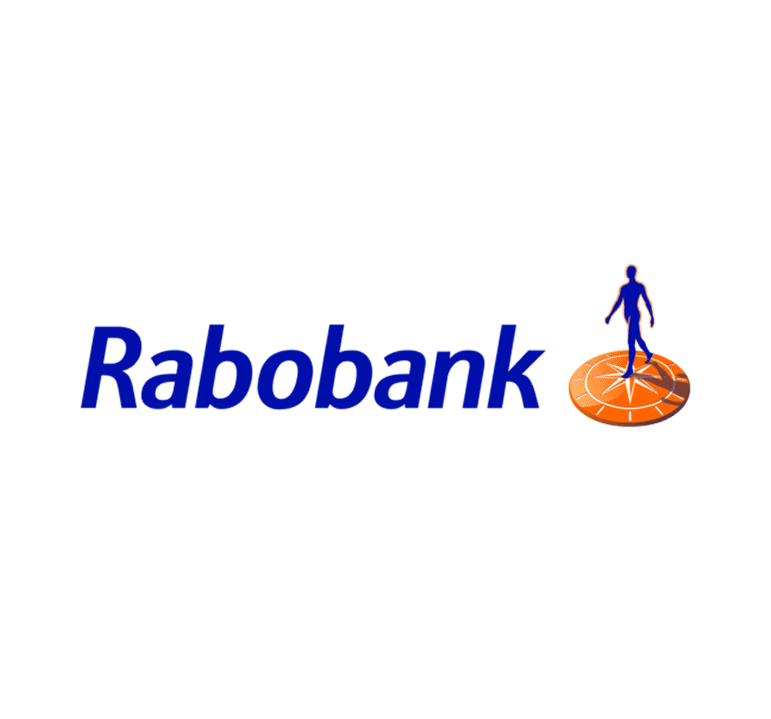 Rabobank
Rabobank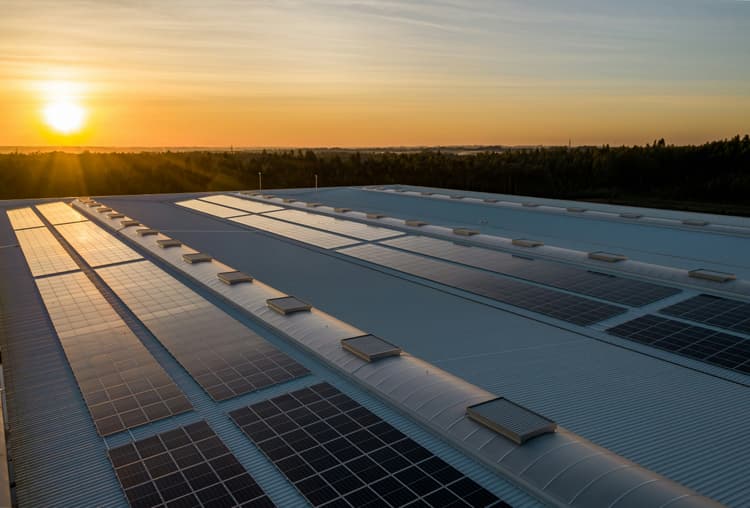
Decarbonize energy with solar, storage, and electrification
Phased decarbonization initiative at Urzut base combining solar, storage, and electrification to cut emissions, reduce energy costs, and ensure energy security.
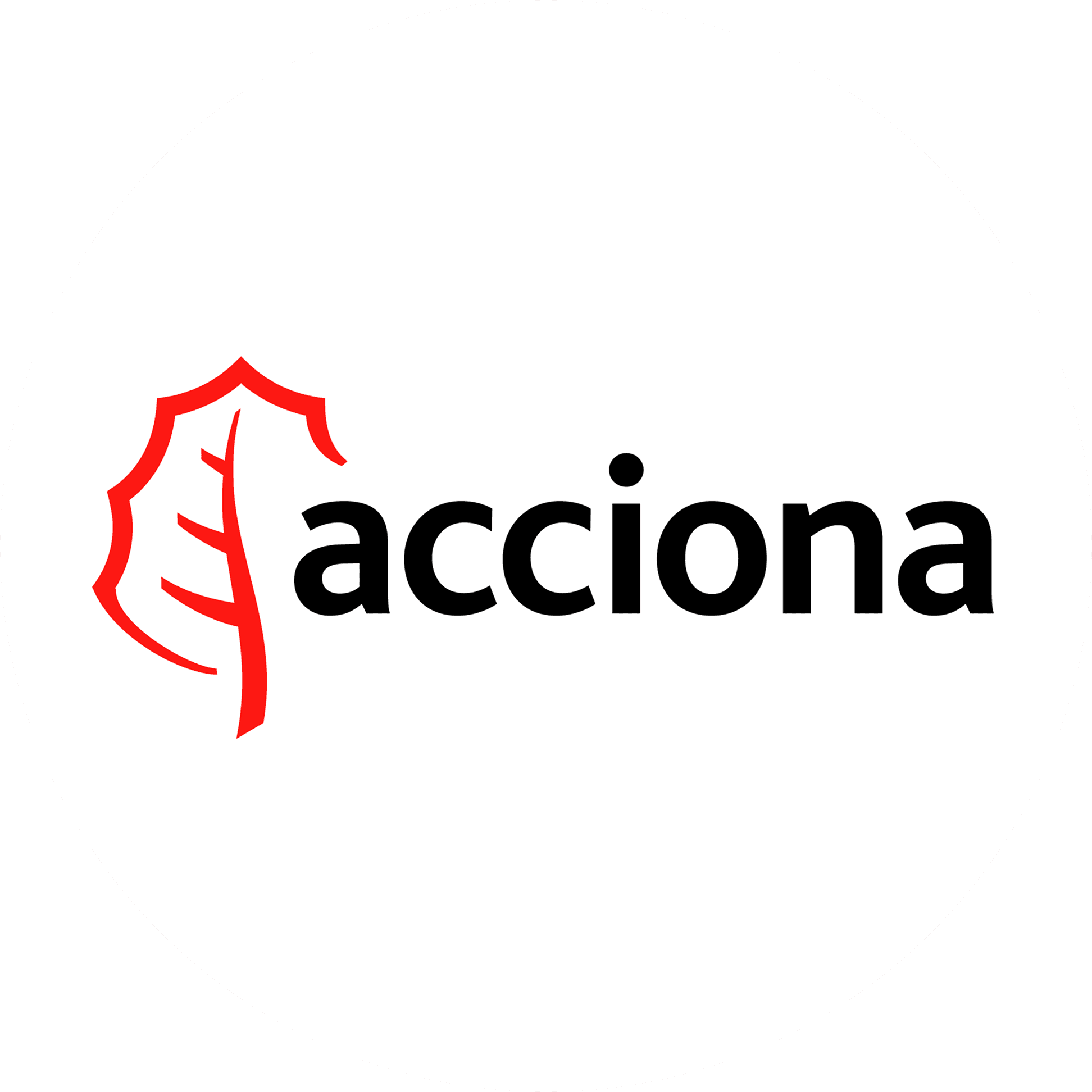 ACCIONA
ACCIONA
Drive circular bioeconomy across full value chain
Renewable forests, recycling, and circular ventures driving industries to replace plastics, steel, and concrete with recyclable, bio-based alternatives.
 Empresas CMPC S.A.
Empresas CMPC S.A.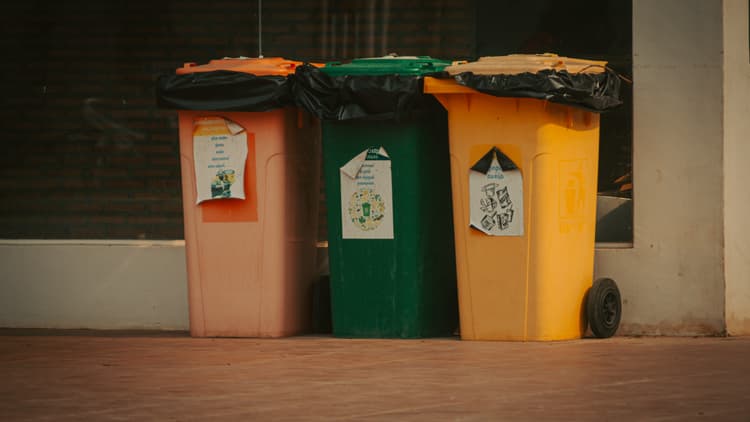
Reward recycling with bonuses on energy bills
Rewards customers for recycling, reducing waste and emissions, raising environmental awareness, and supporting community and sustainable practices.
 Enel
Enel
Eliminate 99% Emissions by Switching to Natural Refrigerants
Fogel switched to natural refrigerants (R290, R600a) across all new coolers by 2024, cutting emissions by 99.8% and improving energy efficiency.
 Fogel
Fogel
Engage suppliers on Scope 3 with custom workshops
PMI’s Sustainability Accelerator is a program designed to increase supplier capabilities and performance across the value chain by sharing PMI’s sustainability learnings with its suppliers.
 Philip Morris International
Philip Morris International
Optimize water use for rice irrigation
Adecoagro implemented Precision Leveling, Polypipes, and several technologies to reduce the use of water in rice fields up to 30%, optimizing irrigation and minimizing environmental impact.
 Adecoagro
Adecoagro
Switch to renewable energy to decarbonize industrial heat
Low- or zero-carbon fuels and renewable energy technologies allow heat-intensive industries to reduce emissions from combustion of fuels (e.g., in manufacturing facilities)
 BCG
BCG
Structure the extractive chain of Amazonian nuts
Development of a structured Amazon nut value chain that integrates forest conservation, fair extractive labor, and bioeconomic productivity.
 ZEG Florestal
ZEG Florestal
Build partnerships through alliances and co-investments
Partnerships help solve multiple supplier decarbonization challenges. When selecting partners, consider who to work with, what issues to target, and how to ensure effectiveness.
 BCG
BCG
Reduce carbon footprint in packaging coatings value chain
Carbon reduction plan for coatings value chain, incl. process efficiency, circular solutions, solvent reduction, and water-based materials, led to 9% Scope 3 CO2e reduction in 2023 vs 2018 baseline.
 AkzoNobel
AkzoNobel
Retrofit buildings with insulation
Retrofitting buildings (residential or commercial) with insulation systems can reduce associated lifecycle emissions and save annual utility payments

Switch to alternative proteins in commercial food production
Commercial food producers can adopt meat alternatives by sourcing proteins from plants, fermentation, or cultivated animal cells to reduce emissions from animal-based foods
 BCG
BCG
Cut embodied carbon using recycled materials
Reduced carbon by 42% through high recycled content and renewable energy in production process, with strict quality control and early project adoption.
 Saint-Gobain
Saint-Gobain
Implement circularity in value chains to reduce emissions
Circular economy approaches in the value chain address inputs, product design, production, and end-of-life activities to increase reuse and recycling of raw materials and products
 BCG
BCG
Partner to decarbonize the citrus supply chain
Partnering with key citrus suppliers to gather primary Product Carbon Footprint (PCF) data, improving Scope 3.1 emissions tracking, reduction, and providing quality data for customers.
 Givaudan
Givaudan
Harness green hydrogen for ammonia generation
Green hydrogen as an efficient and economically viable decarbonization solution for industrial use, reducing natural gas requirements and GHG emissions
 Iberdrola
Iberdrola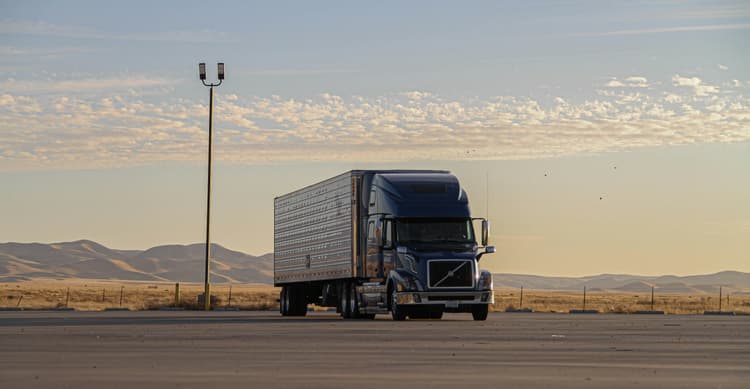
Use eco-driving application for logistics and heavy vehicles
Adaptive eco-driving reducing emissions and fuel/energy consumption in heavy-duty vehicles through real-time speed adjustments based on vehicle-to-everything (V2X) road and vehicle data.
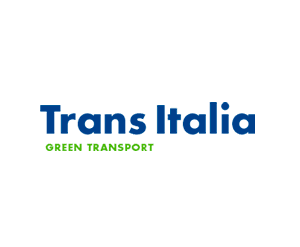 Trans Italia
Trans Italia
Adopt wood products to reduce construction emissions
Using sustainably sourced wood products in construction can mitigate GHG emissions from the built environment while providing other benefits such as ease of installation.
 Forest Solutions Group
Forest Solutions Group
Restore biodiversity via forest and wildlife conservation
A coordinated biodiversity strategy integrates habitat restoration, species protection, and sustainable production to balance business operations with nature.
 Grupo Argos
Grupo Argos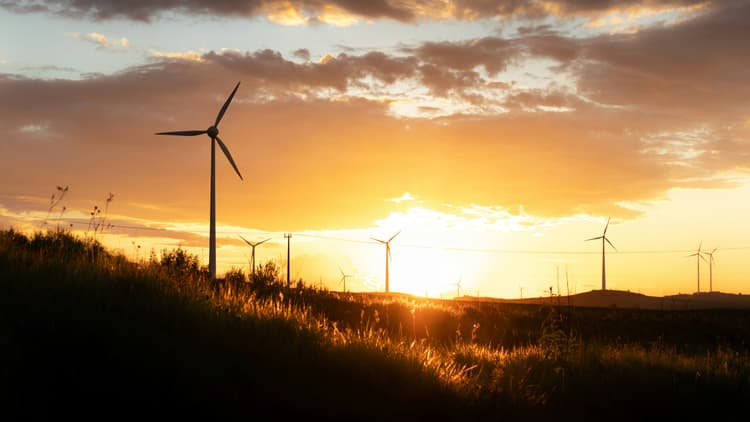
Achieve Zero Scope 2 through 100% Renewable Electricity
Transitioned to 100% renewable electricity across all Brazilian operations by 2025, achieving zero Scope 2 emissions five years ahead of target.
 Valgroup
Valgroup
Produce and inject green hydrogen to decarbonize gas network
Produce and inject green hydrogen into natural gas networks, enabling lower-carbon energy distribution and supporting the transition toward cleaner fuels.
 Promigas
Promigas
Opt for solar thermal water heating in buildings
Installing solar thermal can reduce the indirect use phase carbon dioxide emissions in water heating, with the potential varying with climate conditions.

Use bonus-malus tool to integrate ESG in supplier tenders
BASF further integrated ESG criteria into its procurement process with BonusMalus tool to provide up to 5.5% bonus or malus to suppliers’ tenders in bidding process, based on ESG performance.
 BASF
BASF
Decarbonize low-temperature heating using heat as a service
Heat as a service (HaaS) enables companies to source sustainable heat through a long-term contract without the need for upfront investment.
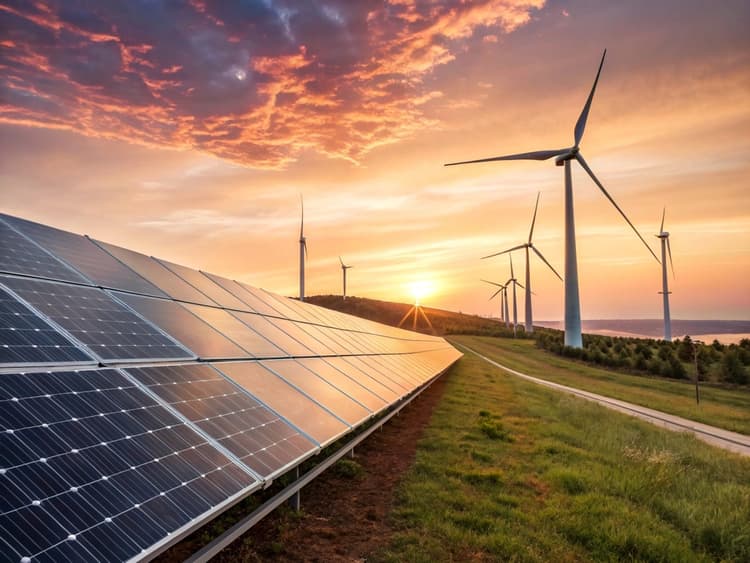
Shift to Renewables: From 0 to 96% in 3 years
Adopted a hybrid solar-wind power model at its manufacturing site under long-term captive PPA, marking a shift from 0 – 96% in 3 years, cutting Scope 2 emissions.
 Sai
Sai
Opt for electric medium temperature heating systems
Electrifying medium temperature heating systems within industry player’s operations allows for lower operating costs, higher efficiency and lower CO2 emissions

Match supply and demand to regenerate landscapes
Landscape Enterprise Networks (LENs) structures annual trades financing regenerative practices, enhancing landscape resilience and productivity in Europe
 Landscape Enterprise Networks
Landscape Enterprise Networks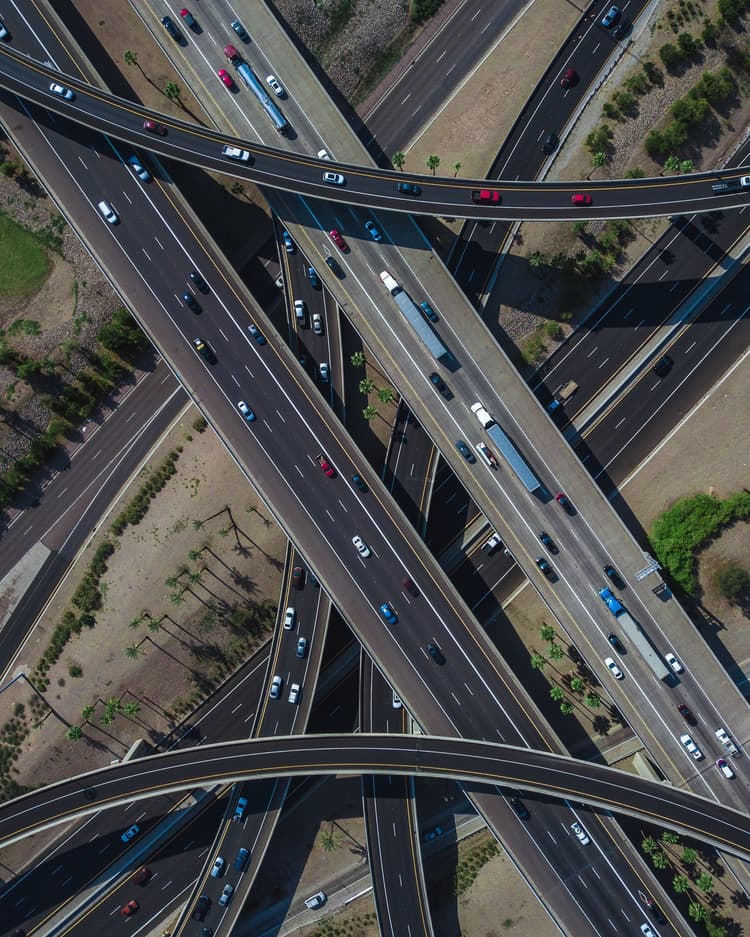
Decarbonize transport with fuel cell electric vehicles
Switching to fuel cell electric vehicles (FCEVs) is an alternative to internal combustion engines (ICEs) to reduce direct fuel combustion emissions from fossil fuels

Implement Climate Transition Plans
Build governance, metrics, incentives, and collaboration systems that empower sustainability teams to turn climate transition plans into measurable delivery.
 The Carbon Trust
The Carbon Trust
Build with biobased materials
Building with biobased materials instead of CO2 intensive materials like concrete reduces CO2 emissions and energy consumption in buildings.
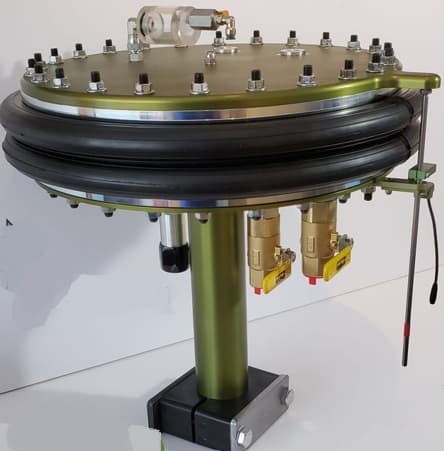
Switch to variable volume oil reservoir in heavy machinery
Traditional hydraulic oil reservoirs in heavy machinery were replaced with Smart Reservoir technology of variable volume reservoirs, resulting in lighter machines and a reduced carbon footprint.
 MBI Global
MBI Global
Implement metrics system for circular packaging
DS Smith Packaging created a set of Circular Design Metrics with five focus areas including design, recovery, and efficiency, applying them into the manufacturing process.
 DS Smith
DS Smith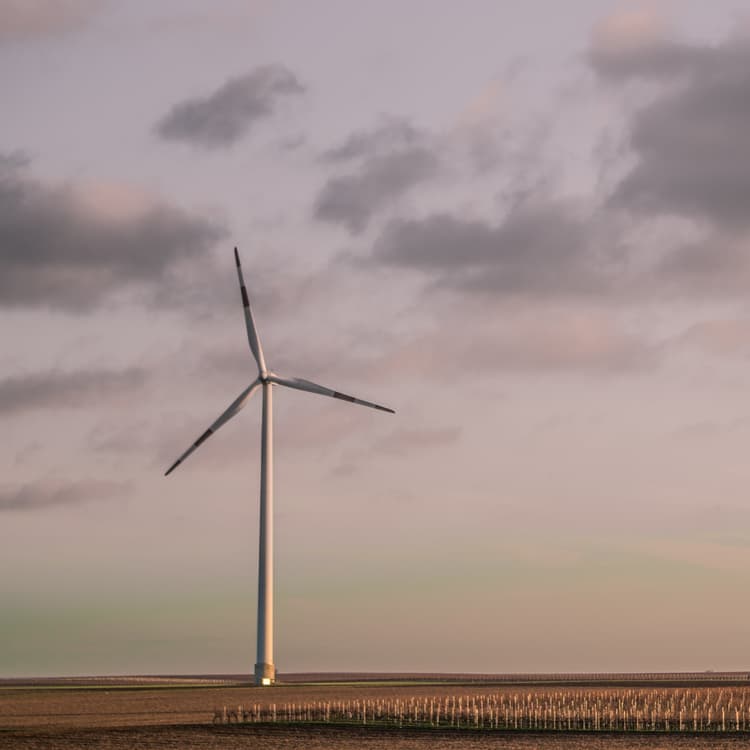
Generate electricity with onshore wind
A switch from coal -and gas- based electricity generation to onshore wind can reduce related lifecycle emissions while enabling cost efficient electricity generation
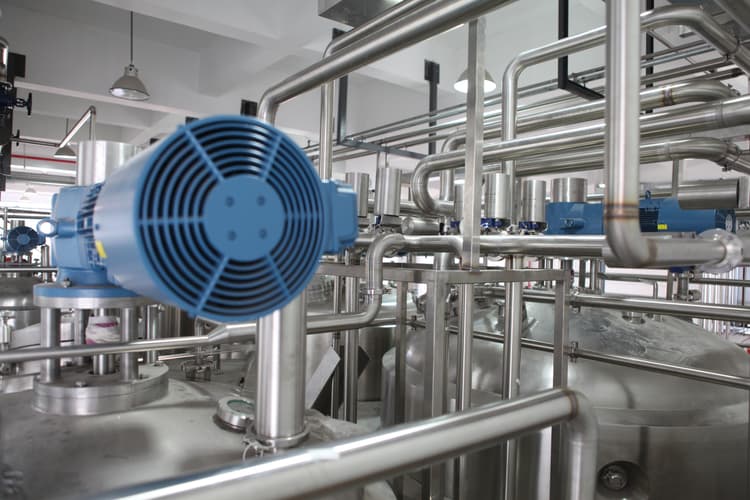
Decarbonize low-temperature industrial heat with heat pumps
Industrial heat pumps generate low-temperature process heat with higher efficiency and lower GHG emissions than conventional fossil fuel heating options.

Empower suppliers to drive climate action
Initiative strengthens suppliers’ readiness for a low carbon future through ESG integration, human rights practices and improved access to sustainable financing
 Petronas
Petronas
Accelerate transition to 100% renewable energy
A commitment to innovation in renewable energy while uplifting surrounding communities.
 Mahindra
Mahindra
Cut Furnace Emissions with Hydrogen-Rich Coke Oven Gas
Verallia powers glass furnaces with coke oven gas containing 40% hydrogen, replacing natural gas. Now 50% of melting energy is covered, cutting 8,000 tCO₂e annually.
 Verallia
Verallia
Procure natural climate solution carbon credits
Investing in high-quality natural climate solution (NCS) carbon credits is crucial for companies to demonstrate leadership, for climate mitigation, nature conservation, and socio-economic growth.
 WBCSD
WBCSD
Adopt heat recovery technologies in the pulp mill
Adopting heat recovery technologies in the pulpmill can increase efficiency of operations, recovering waste generated as a by-product of the pulping and papermaking process.
 Forest Solutions Group
Forest Solutions Group
Convert industrial waste into soil treatment
The initiative transforms industrial waste like grits, dregs, lime sludge and biomass ash into products that neutralize soil acidity
 Suzano
Suzano
Change product standard requirements to reduce food waste
Large volumes of food are discarded because they don’t meet aesthetic standards. Changing product standards could reduce food waste, associated emissions, and financial losses.
 The Carbon Trust
The Carbon Trust
Apply 3-phase program for global supplier decarbonization
The Zero Carbon Project’s 3-phase program uses digital solutions, active engagement, and agile governance to reduce GHG emission intensity by 38% across 1,000 suppliers, aiming for 50% by 2025
 Schneider Electric
Schneider Electric
Enhance building energy efficiency through AI automation
AI-powered automation solution to optimize the energy efficiency of the HVAC system of a large office complex, resulting in significant energy and cost savings.
 Patrizia AG
Patrizia AG
Adopt an internal carbon price to drive decarbonization
Incentivize low-carbon decision-making by setting a price on carbon, enabling a direct linkage of the low-carbon transition to the business strategy.

Make the business case for the climate transition
Build or strengthen your corporate climate transition by building a compelling business case that secures stakeholder buy-in, aligns finance, and drives climate action.
 The Carbon Trust
The Carbon Trust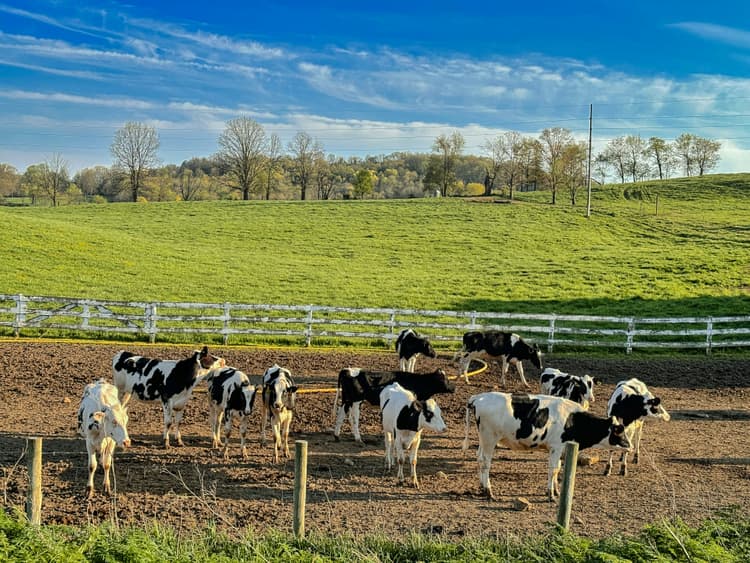
Cut carbon emissions with amino acid-balanced cattle feed
Amino acid-balanced feed improves protein use in dairy and beef farming, cuts nitrogen waste, lowers CH4 and N₂O emissions, and delivers cost savings while supporting farm productivity.
 Meiji
Meiji
Switch to electric/hybrid boilers in buildings
Installing electric or hybrid boilers for building heating reduces carbon dioxide emissions across all stages of the product life cycle and all GHG scopes

Switch to carbon-free fertilizers in agriculture
Wyckoff Farms Inc. conducted an effective collaboration with Atlas Agro in growing hops with a carbon-free fertilizer, reducing carbon emissions by nearly 1000 tons.
 Wyckoff Farms
Wyckoff Farms
Engage suppliers to drive supply chain decarbonization
Launched Supplier Decarbonization Program to accelerate supply chain climate action, engaging key suppliers in setting GHG reduction targets
 ENGIE
ENGIE
Conserve biodiversity through sustainable palm production
Comprehensive strategy integrating biodiversity conservation, real-time deforestation monitoring, and sustainable certification in palm oil production.
 Feedpalma
Feedpalma
Use renewable energy through distributed generation
Neutralizing GHG emissions from Iguá's electrical matrix using renewable energy from distributed generation.

Optimize company-wide management of energy efficiency
LYB’s value enhancement program (VEP) is a company-wide program reducing costs and emissions by saving energy in procurement, logistics, and customer service improvements.
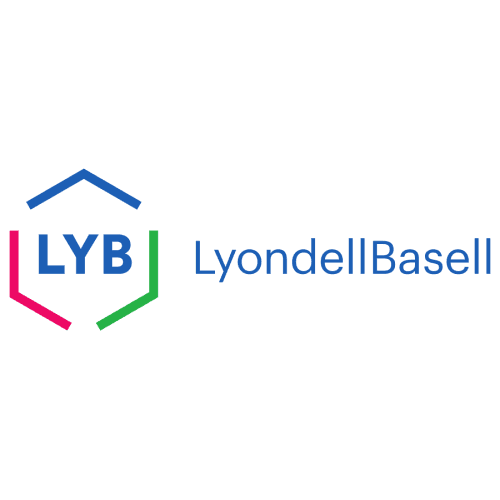 LyondellBasell
LyondellBasell
Build community wildfire resilience through social action
Community-centred wildfire resilience model combining prevention, education, patrols, & green firebreaks with multilevel governance to prevent fires and protect people/ecosystems.
 Empresas CMPC S.A.
Empresas CMPC S.A.
Cut carbon emissions by pasteurizing only the concentrate
Pasteurize only the concentrate, rather than the entire product, significantly reduces water and energy consumption during both production and cleaning.
 Tial
Tial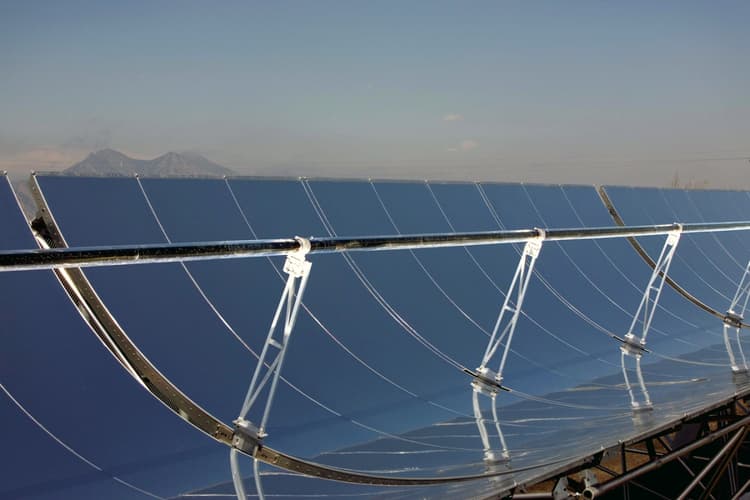
Implement solar thermal to decarbonize industry
Solar thermal for industry serves as replacement for fossil fuel boilers and delivers zero-emissions energy while lowering overall energy costs.
 WBCSD
WBCSD
Transform product portfolio with assessment methodology
Evaluation methodology for sustainability evaluates products in the portfolio based on set criteria, promoting innovation and classifying offerings
 Sika
Sika
Connect habitat fragments to restore landscapes
Create ecological corridors by restoring priority areas to improve habitat connectivity and reduce biodiversity loss.
 Suzano
Suzano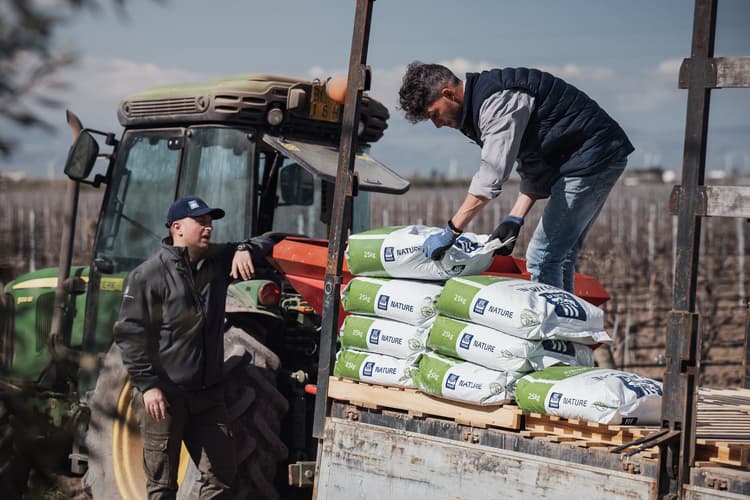
Use recycled plastic for flexible packaging globally
Reduce carbon footprint by optimized specifications (reduced plastic), maximize recycled plastic use, ensuring all packaging is recyclable, applying collection and recycling schemes to reuse material.
 Yara
Yara
Capture and store CO2 from corn ethanol fermentation
Capture CO2 from bioenergy fermentation and store it 1,200 m underground, ensuring safe, leak-proof carbon removal through validated geological reservoirs.
 FS Indústria de Biocombustíveis
FS Indústria de Biocombustíveis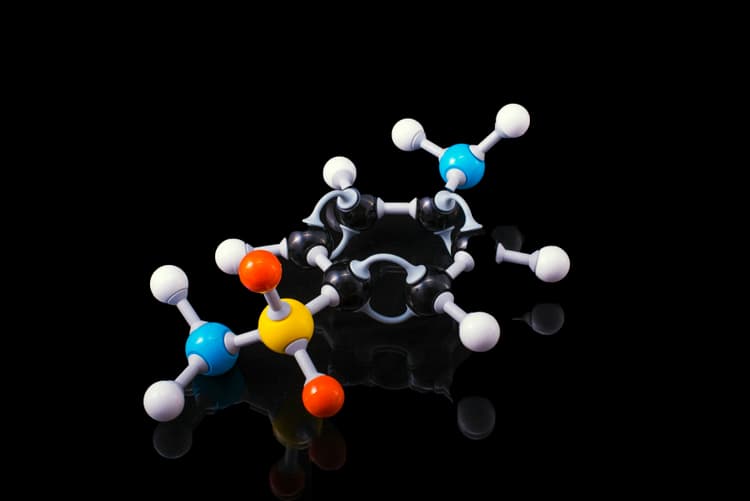
Create investment strategy for hydrogen purchase agreements
Toolkit detailing how senior leaders can support the adoption of low-carbon hydrogen, including through Power Purchase Agreements (PPAs).

Design a voluntary carbon credit portfolio
Understand the effectiveness of a portfolio approach for the use of voluntary carbon credits and how to construct one successfully
 WBCSD
WBCSD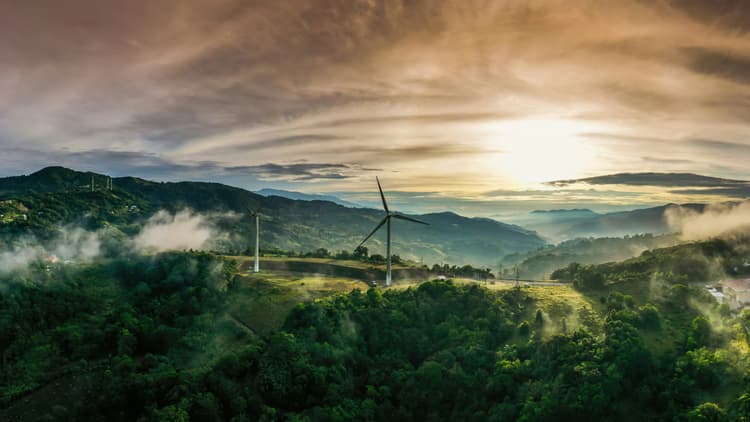
Advance transformation of the renewable grid via PPA cohorts
PepsiCo has formed PPA cohorts with its value chain to diversify scope 2 renewable electricity coverage, reduce scope 3 Energy and Industry emissions and help decarbonize the grid.
 PepsiCo
PepsiCo
Adopt smart storage solutions to reduce food waste
Around 13% of food loss occurs due to inadequate refrigeration; sustainable cold chains can reduce emissions and increase revenue by keeping perishable items fresher for longer.
 The Carbon Trust
The Carbon Trust
Reduce food waste with efficient packaging
Packaging can reduce food waste by extending shelf life and preventing contamination. However, packaging strategies should be carefully designed to minimize waste and emissions.
 The Carbon Trust
The Carbon Trust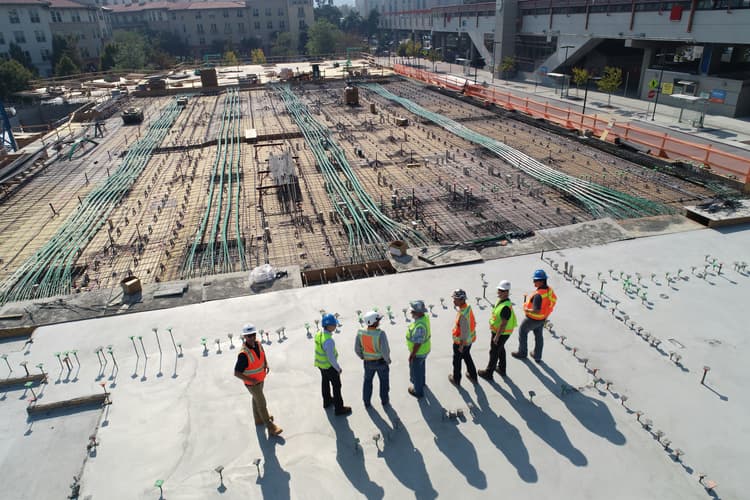
Sequester CO2 with biochar-enhanced concrete
Biochar locks carbon in concrete, reducing emissions and reusing organic waste to create net-zero, circular, and high-performance building materials.
 Holcim
Holcim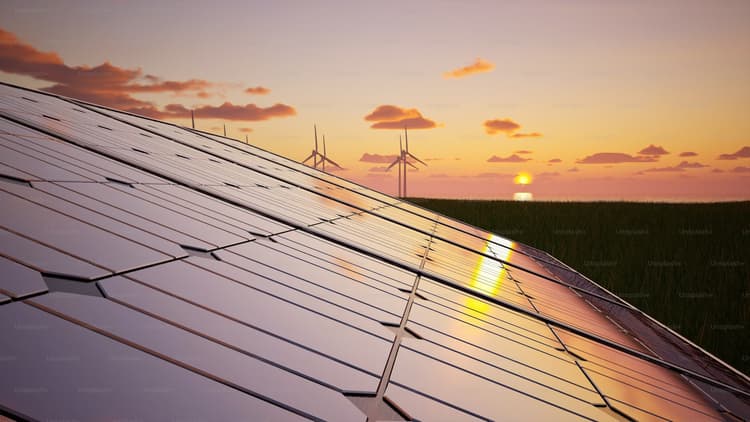
Create additive renewables within grid
Kalsec enrolled in its energy provider's Large Customer Renewable Energy Program; in 2028, half of the primary site’s yearly electricity will come from in-grid utility scale renewable sources.
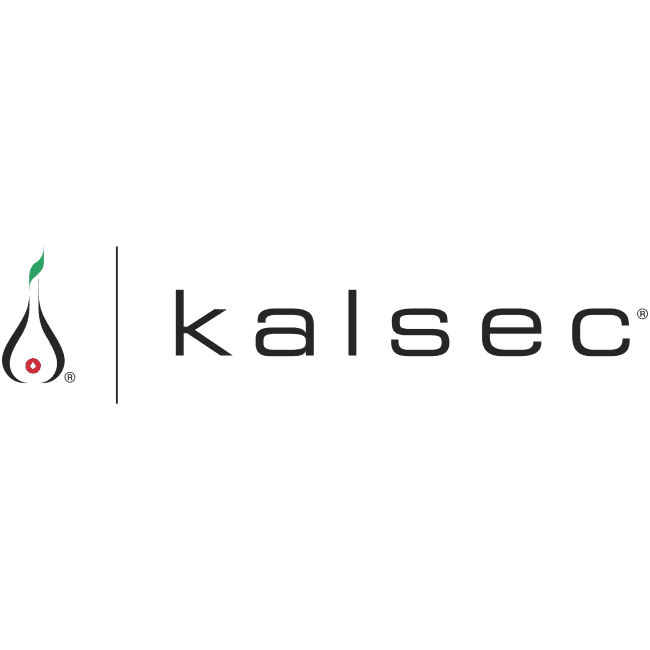 Kalsec
Kalsec
Maximize value from climate reporting
Transform climate reporting from a compliance exercise to a strategic advantage by turning reporting into a tool for sustainable growth and societal impact.
 PwC UK
PwC UK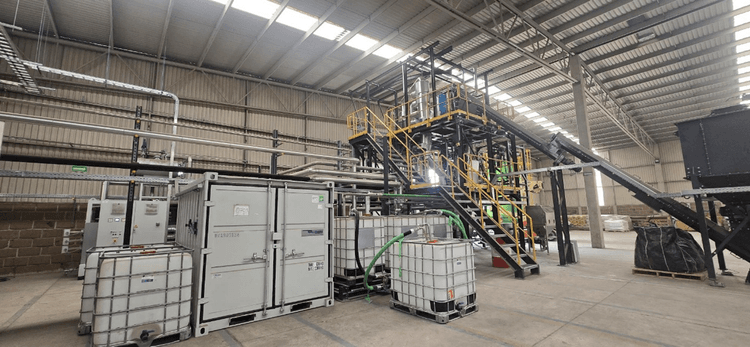
Recycle polyurethane reactor in refrigeration industry
Imbera/EOS implemented a reactor that can chemically process up to 400 tons of waste polyurethane from old coolers, and transformed it into recycled raw material for new coolers.
 Imbera
Imbera
Mobilize employees for sustainability with 5 Levers Program
Global program engaging employees in sustainable action across key levers, advancing progress toward carbon neutrality by 2050.
 TotalEnergies
TotalEnergies
Use biostimulants to reduce fertilizers and increase yields
Ajinomoto Agri Solutions used amino-acid rich biostimulant substances to reduce nutrient use, reduce fertilizer inputs, and increase yields of rice cultivation in their operation in Thailand.
 Ajinomoto Agro Solutions
Ajinomoto Agro Solutions
Prioritize and implement decarbonization levers
Choosing the right decarbonization levers for your organization is essential to success. Understand key considerations, methods of lever prioritization, and how to overcome challenges.
 PwC UK
PwC UK
Optimize electric vehicle design to reduce energy use
Aptera Motors collaborated with AirShaper to optimize the aerodynamics of a solar electric vehicle resulting in significant energy efficiency gains and reduced environmental impact.

Produce low-carbon vitamin C at scale
Low-carbon Vitamin C produced using clean energy, process innovation, and verified life-cycle assessment, enabling measurable climate benefits.
 dsm-firmenich
dsm-firmenich
Minimize Solvent Use with Near Infra-Red Spectroscopy
BarthHaas UK’s QC Lab replaced toxic solvents with NIR spectroscopy for hop analysis—cutting emissions, waste, and risks while setting a new sustainability benchmark.
 BarthHaas
BarthHaas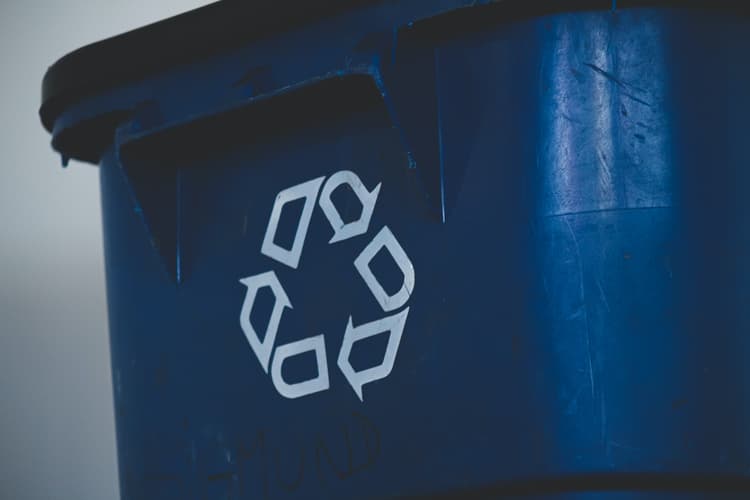
Lower product emissions with recycled (PCR) plastics
Replace virgin plastic by using PCR (post-consumer recycled) plastics in products to reduce GHG emissions, conserve natural resources and divert waste from landfills and oceans
 Acer
Acer
Expand access to safe water through community partnerships
Community-driven program providing drinking water access, watershed conservation, and governance strengthening to promote long-term water security.
 Postobon
Postobon
Activate the organization to support sustainability goals
To achieve climate goals, companies must embed sustainability throughout their operating models, including in aspects of org design, business processes, and corporate culture.
 BCG
BCG
Maintain and enhance forest carbon sinks with silviculture
The impacts of climate change on forest health and productivity are constantly evolving. Weyerhaeuser manages their forests to ensure they remain part of the climate solution
 Weyerhaeuser Company
Weyerhaeuser Company
Integrate carbon dioxide removal into climate strategies
Develop responsible carbon dioxide removal (CDR) investment strategies to maximize climate impact and broader sustainability goals and minimize risk.

Invest in regenerative pasture-based farms in Brazil
Regenerative dairy farming boosts productivity, soil health, climate resilience in Brazil’s Cerrado.
 Danone
Danone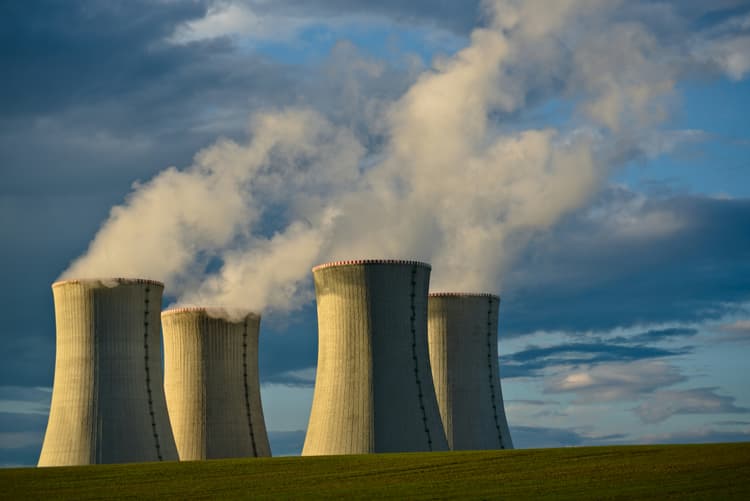
Accelerate clean energy transition with nuclear power
Signing the world’s first corporate agreement to purchase nuclear energy from multiple small modular reactors to be developed by Kairos Power.
 Google
Google
Decarbonize transport with battery electric vehicles
Switching to battery electric vehicles (BEVs) is an alternative to internal combustion engines (ICEs) which can reduce direct fuel combustion emissions from fossil fuels

Increase carbon removals with sustainable forest management
Sustainable forest management is critical for maintaining and increasing carbon removals in working forests, and reducing operational emissions associated with forest production
 Forest Solutions Group
Forest Solutions Group
Develop and Apply Carbon‑Neutral Packaging Outliner Paper
Develop carbon-neutral packaging outliner paper through energy efficiency improvement, renewable electricity, biogas substitution, and lean production.
 Century Sunshine
Century Sunshine 
Embed decarbonization requirements in procurement
Decarbonize procurement by defining requirements tailored to: supplier context, timing in negotiation, desired inputs/outcomes, degrees of fulfillment, rewards/penalties, and scale
 BCG
BCG
Re-use excess energy from operations to heat buildings
Novonesis uses captured energy from operations to heat homes through a district heating system in Greater Copenhagen.
 Novonesis
Novonesis
Expand water access through sustainable facilities
Building a sustainable cachaça operation by reducing energy and water use and restoring water access and security, enabling safe access to water and education across communities.
 Diageo
DiageoSwitch to hybrid-electric furnace design in glass production
Ardagh Glass’s NextGen Furnace uses hybrid technology to reduce the carbon footprint of commercial-scale glass production, by replacing fossil fuel energy with renewable electricity.
 Ardagh Glass Packaging
Ardagh Glass Packaging
Advance low-carbon regenerative agriculture
Regenerative agriculture strategy improving soil health, biodiversity, and climate resilience through monitored low-carbon farming practices.
 Amaggi
Amaggi
Integrate climate into strategic planning
Use scenarios and sensitivity analysis in climate-based strategic planning to identify risks/opportunities, prioritize actions for resilience & align portfolios with climate goals.
 BCG
BCG
Design climate transition plans – an overview
Actionable climate transition planning must be integrated into broader corporate strategy and backed by robust roadmaps that are underpinned by value creation.
 BCG
BCG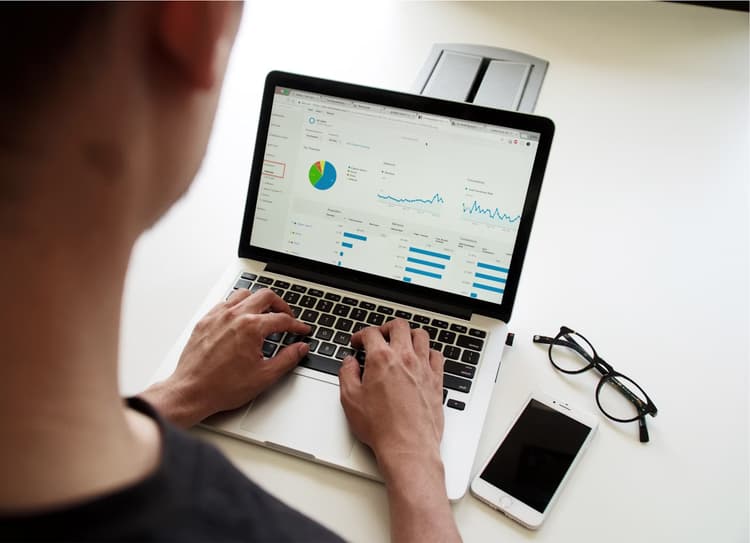
Measure and reduce Scope 3.1 purchasing emissions
Use AI to calculate and measure primary emissions data from suppliers and assess the type of engagement required to assist them in decarbonizing hotspots.
 CBRE
CBRE
Design and implement SF6-free solutions for the grid
Decrease SF6 emissions by establishing cross-sector partnerships to identify, design, develop and implement SF6-free assets
 National Grid
National Grid
Switch to electric/hybrid heat pumps in buildings
The use of electric or hybrid heat pumps is becoming more competitive economically in recent years and can accelerate the process of decarbonization.

Adapt to wildfire risks with nature-based solutions
Nature-based Solution: Improved land management through wildfire resilience planning, vegetation management, grazing, prescribed fire, wetland restoration, and nature stewardship.
 Santa Clara County Fire Safe Council
Santa Clara County Fire Safe Council 
Finance climate action with green bonds
Green bonds is a broad term for the raising and use of debt specifically for decarbonization or sustainability-related efforts
 BCG
BCG
Shift from gas or coal to electric industrial furnaces
The decreased cost of electrical equipment and increased energy efficiency grows opportunites for electrictrifying industries, enabling a reduction in GHG emissions
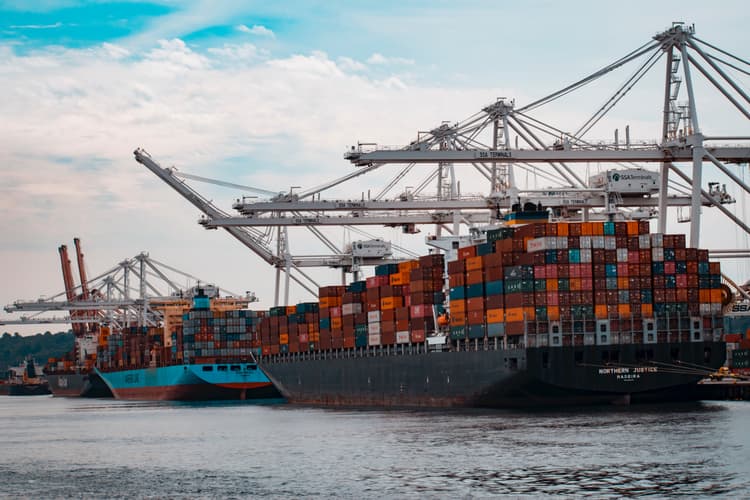
Reduce shipping emissions with renewable fuels & efficiency
Alternative fuels, as well as operational and technological efficiency measures, offer pathways for the shipping industry to meet decarbonization challenges
 BCG
BCG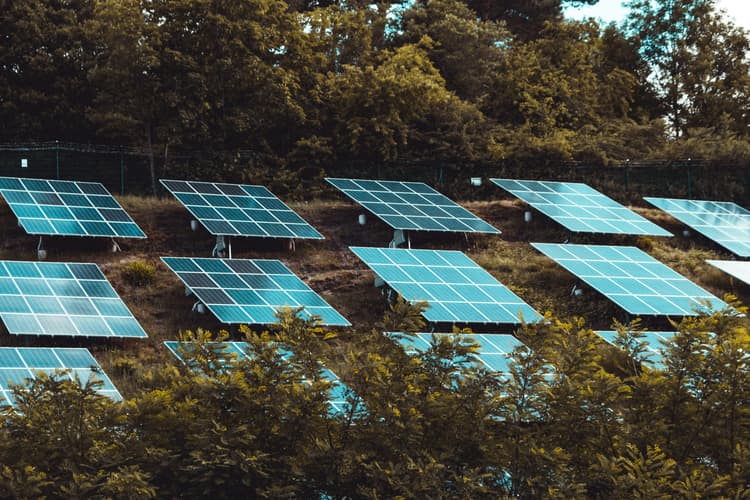
Accelerate renewables across value chains
Source 7 TWh of renewable electricity to cover value chain, reducing ~3 MtCO₂e (10% of GHG emissions)
 Mars
Mars
Adapt to storm risks with nature-based solutions
Nature-based Solution: Restoring native oyster reefs (“spat-on-rock”) to reduce wave energy, stabilize seabeds, and boost coastal resilience for business, people, and nature
 Van Oord
Van Oord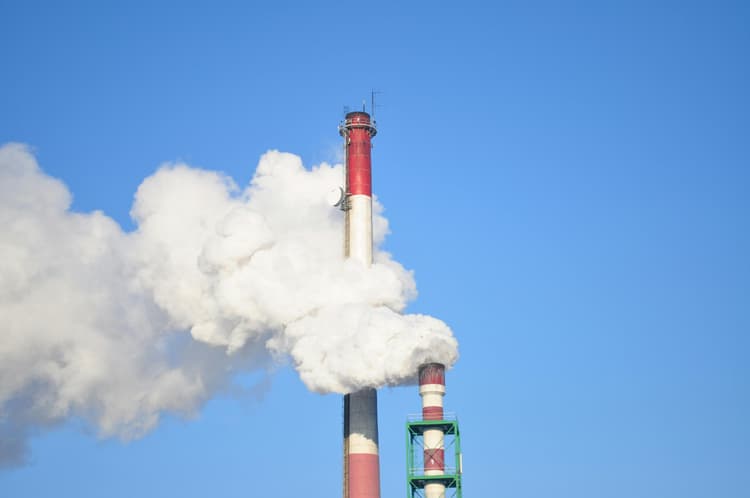
Adopt BECCS technologies
As the pulp and paper industry is the largest industrial consumer of biomass, there are many large sources of biogenic GHG emissions that could be captured with BECSS
 Forest Solutions Group
Forest Solutions Group
Scale finance to restore Brazil’s native forests
Combine equity co‑founding, concessional lending and supply‑chain finance to scale native forest restoration and conserve vegetation in priority biomes
 Santander
Santander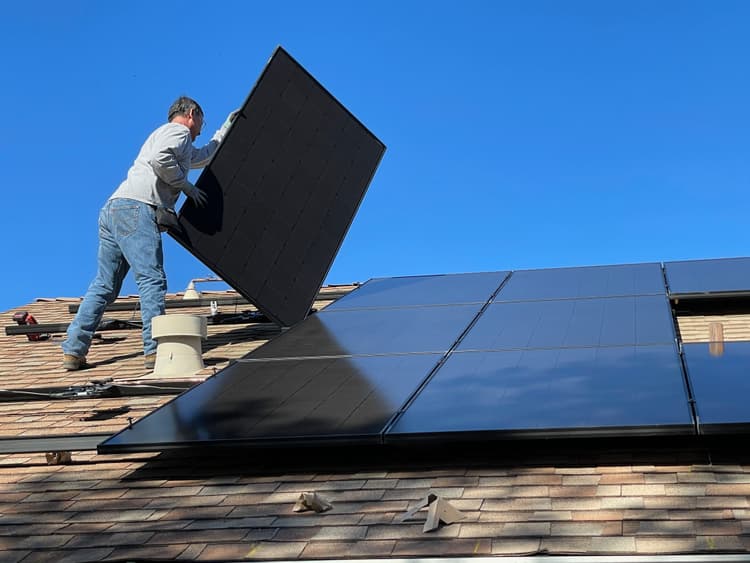
Switch to solar energy with rooftop photovoltaics
A shift in the power mix from coal- and gas-based electricity generation to photovoltaics can substantially reduce related lifecycle emissions

Invest in innovative pulping and paper making technologies
Adopting technologies that are more efficient than conventional methods will reduce GHG emissions from fuel combustion, and reduce the energy inputs associated with paper production
 Forest Solutions Group
Forest Solutions Group
Decarbonize metro operations by adopting renewable energy
Reduced metro emissions by adopting renewable energy, achieving cost savings and fully offsetting electricity-related CO2 for key rail lines.
 Motiva Trilhos
Motiva Trilhos
Adapt to extreme heat risks with nature-based solutions
Nature-based Solution: Improved land management at Adelaide Airport to reduce the impact of heatwaves and generate tangible business benefits.
 Adelaide Airport
Adelaide Airport
Deploy Battery Swapping for Heavy-Duty Trucks
The automatic battery swapping station for EV trucks can change batteries in just minutes, shortening energy replenishment time and significantly enhancing transportation efficiency
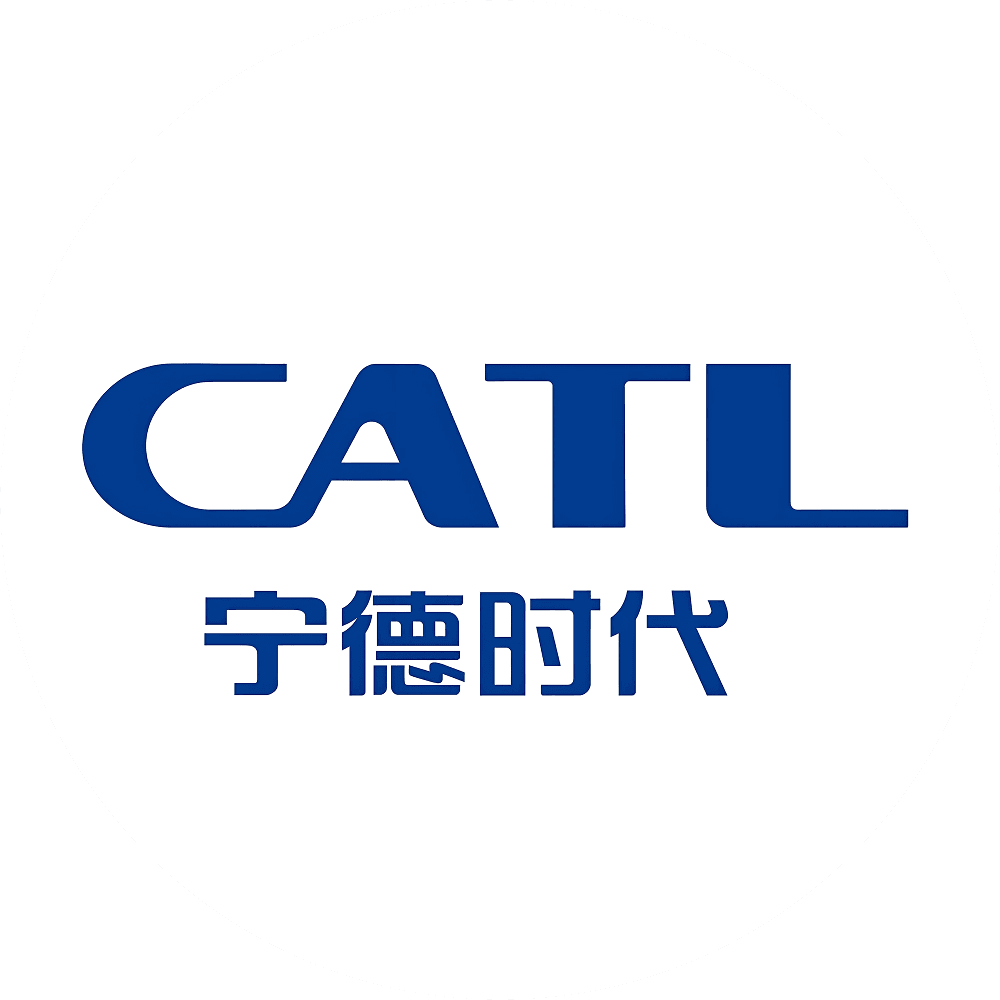 CATL
CATL
Improve product environmental footprint with eco-design
Eco-design requirements for energy efficiency and circularity while avoiding the use of hazardous substances and scarce resources in products
 Philips
Philips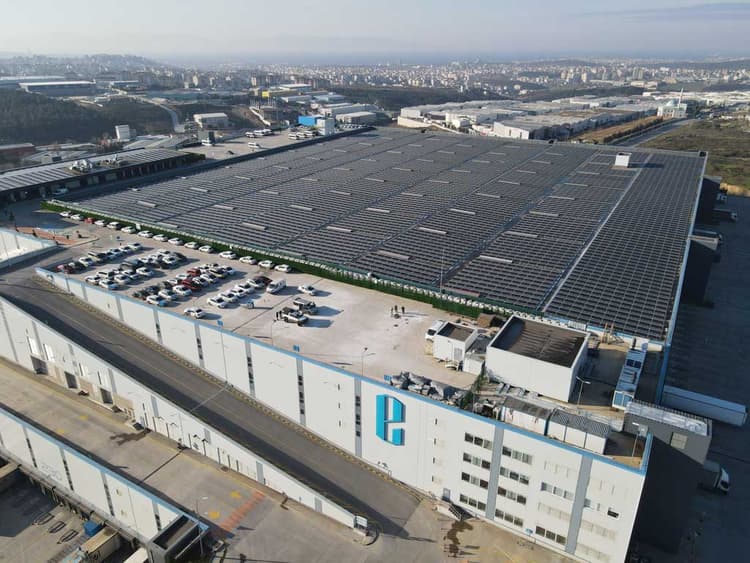
Invest in solar power for affordable and clean energy supply
Companies can develop rooftop solar power infrastructure to cut emissions and achieve energy independence
 Ekol Logistics
Ekol Logistics